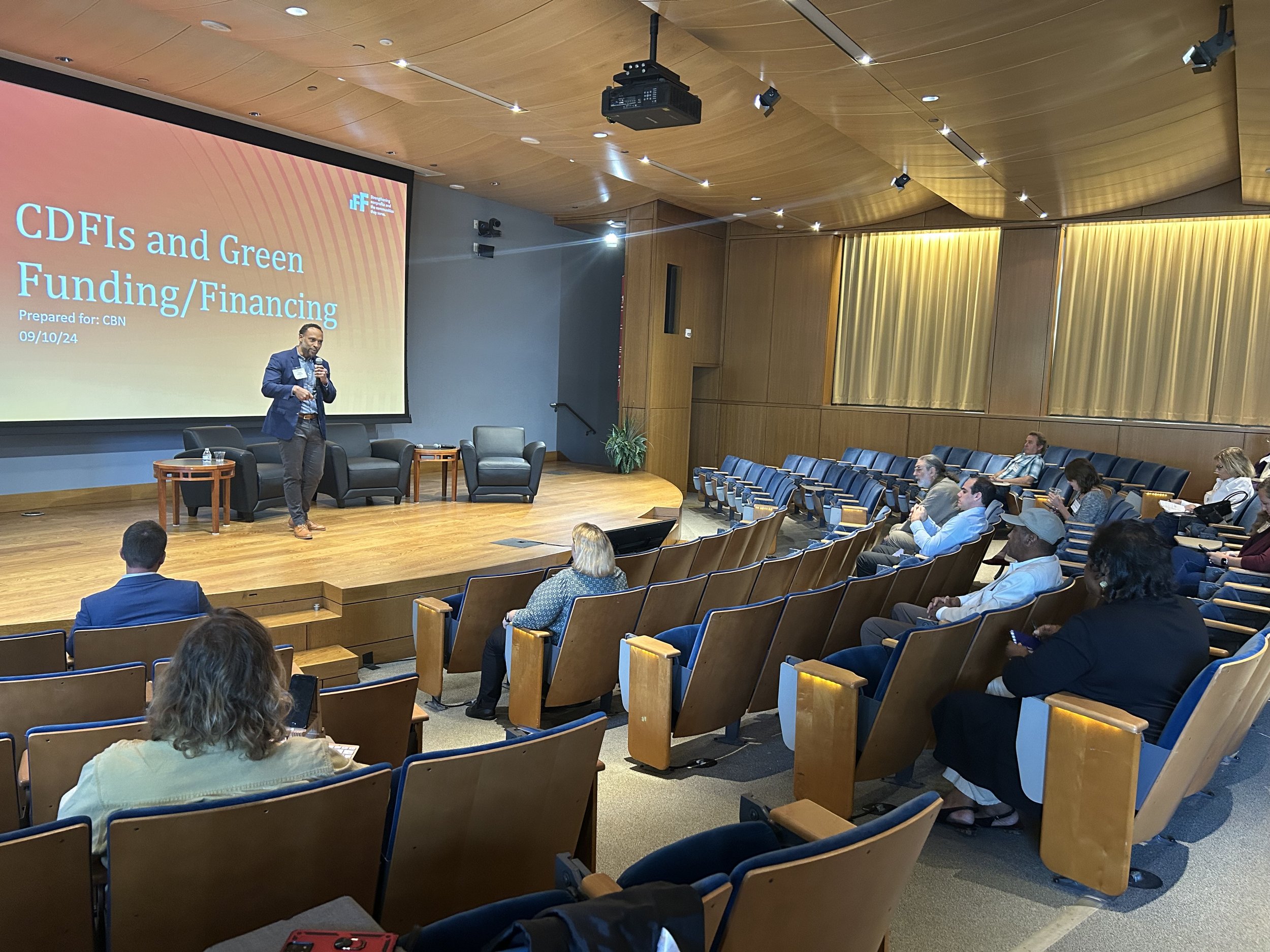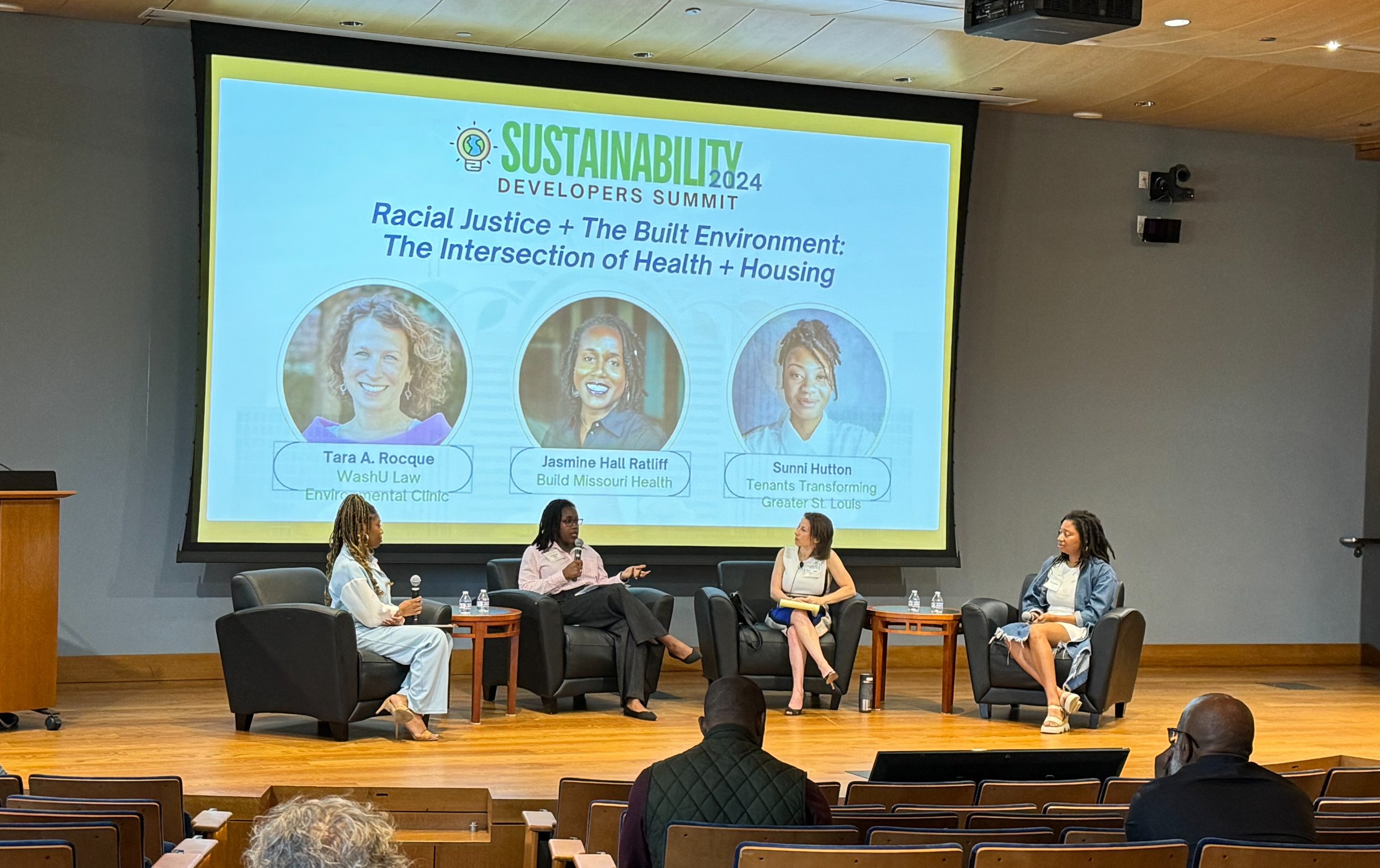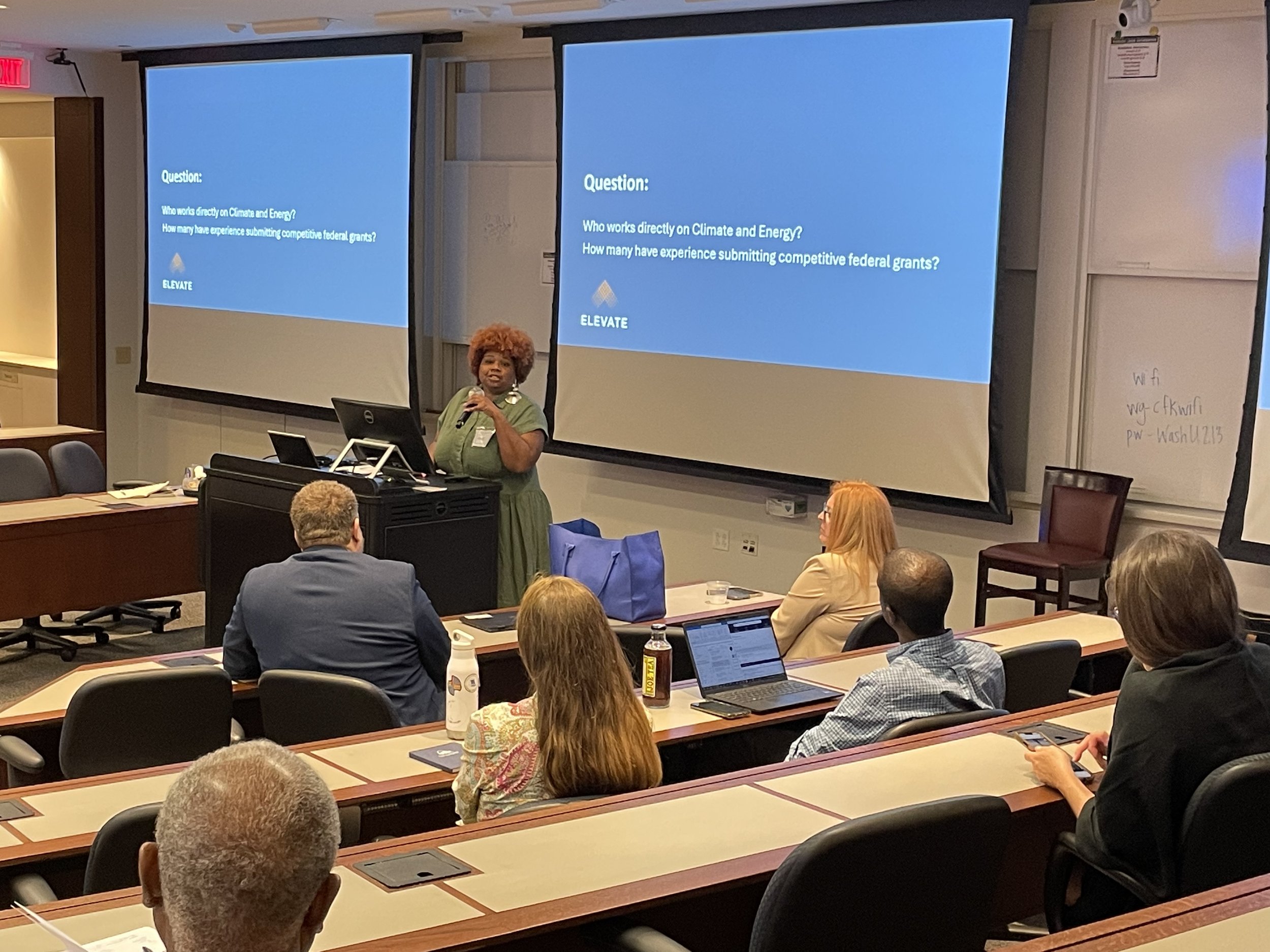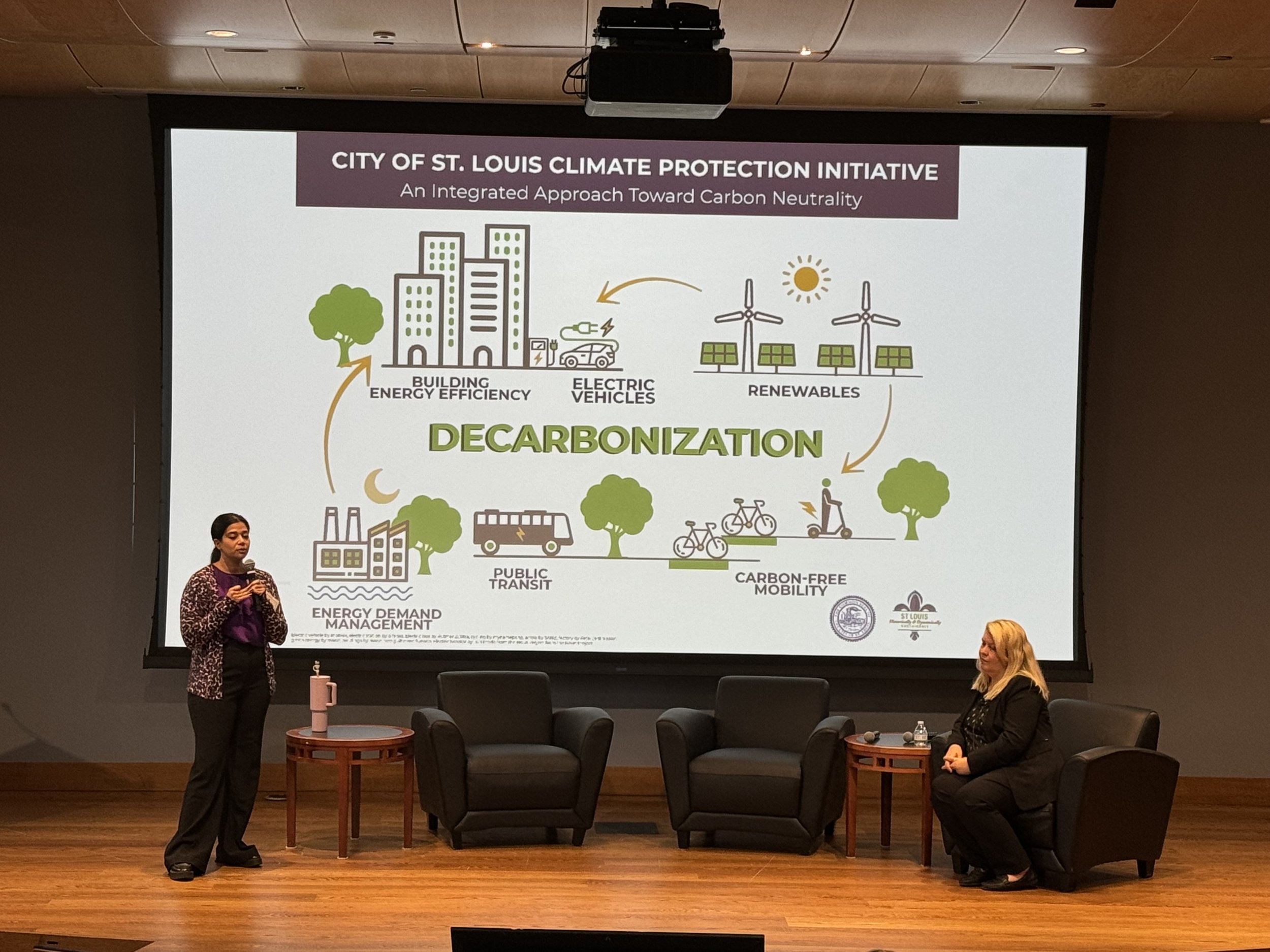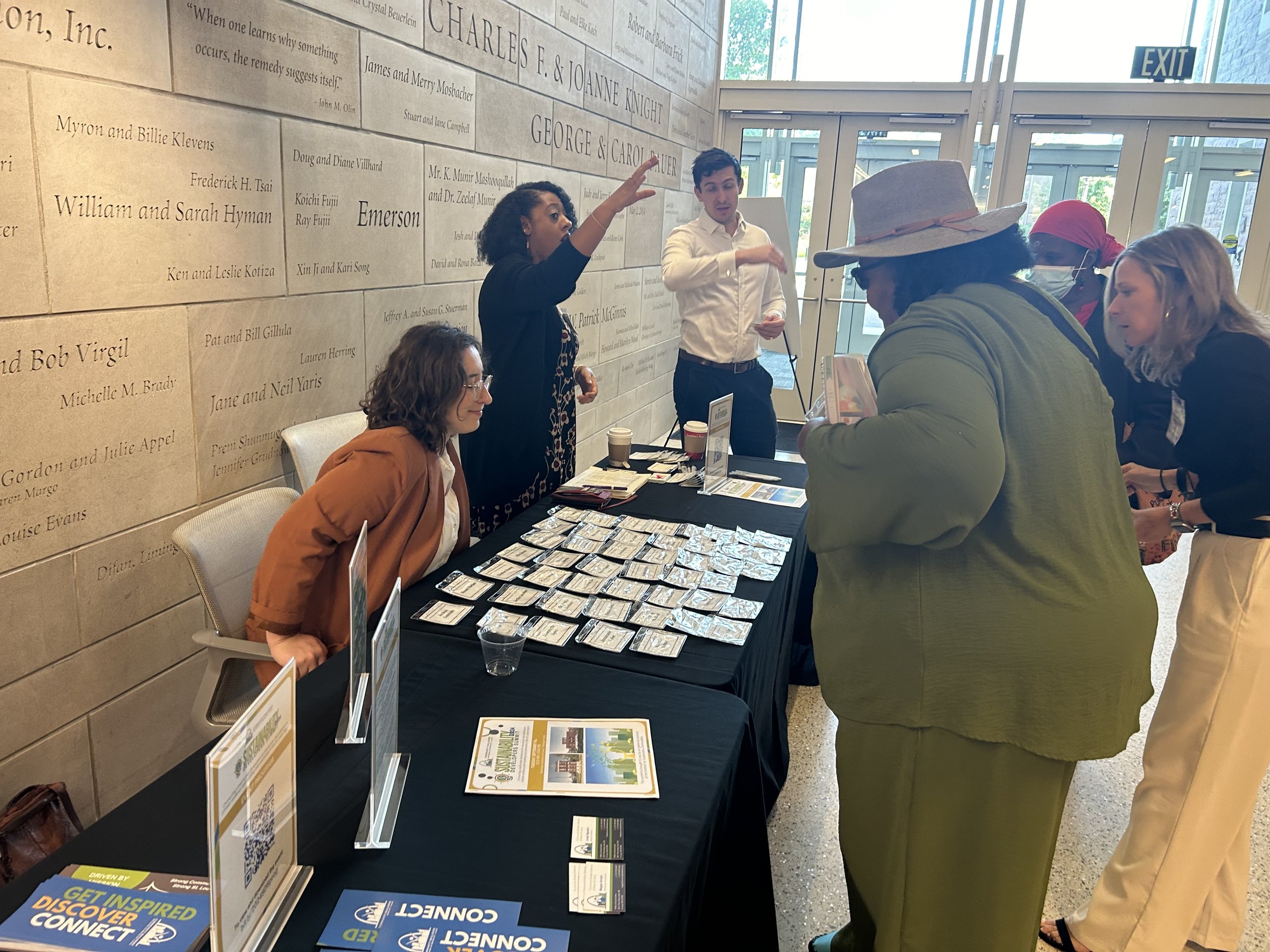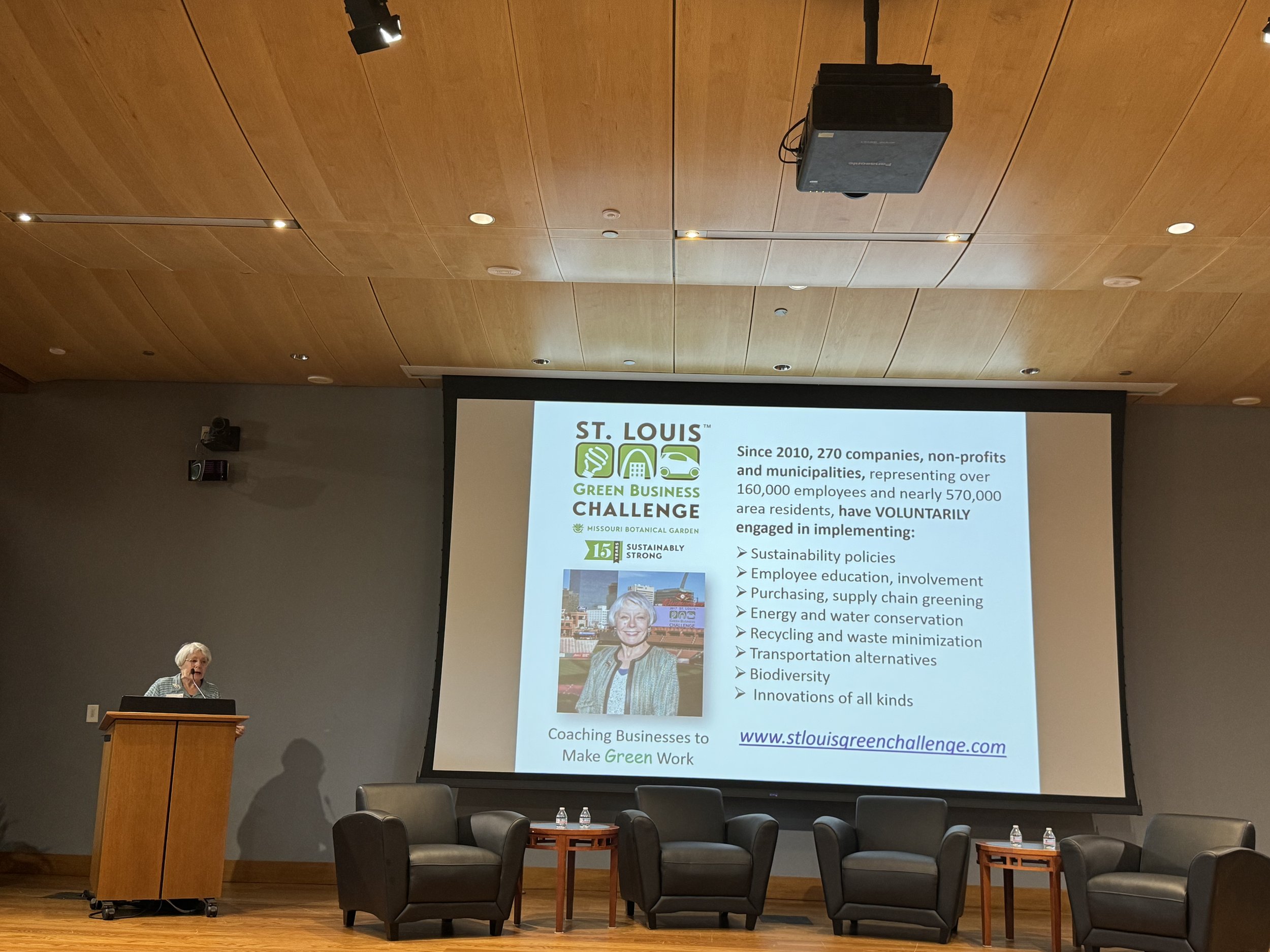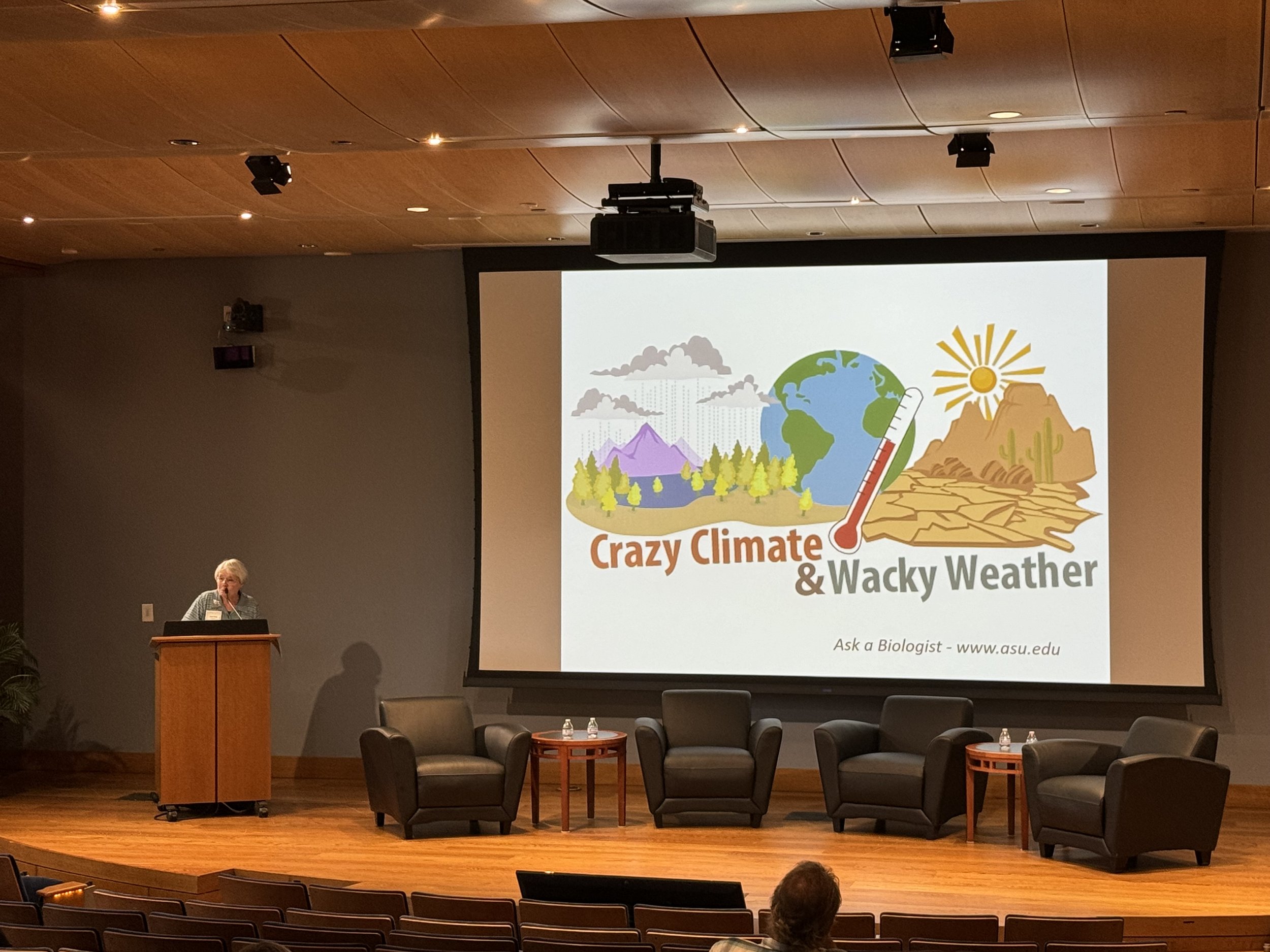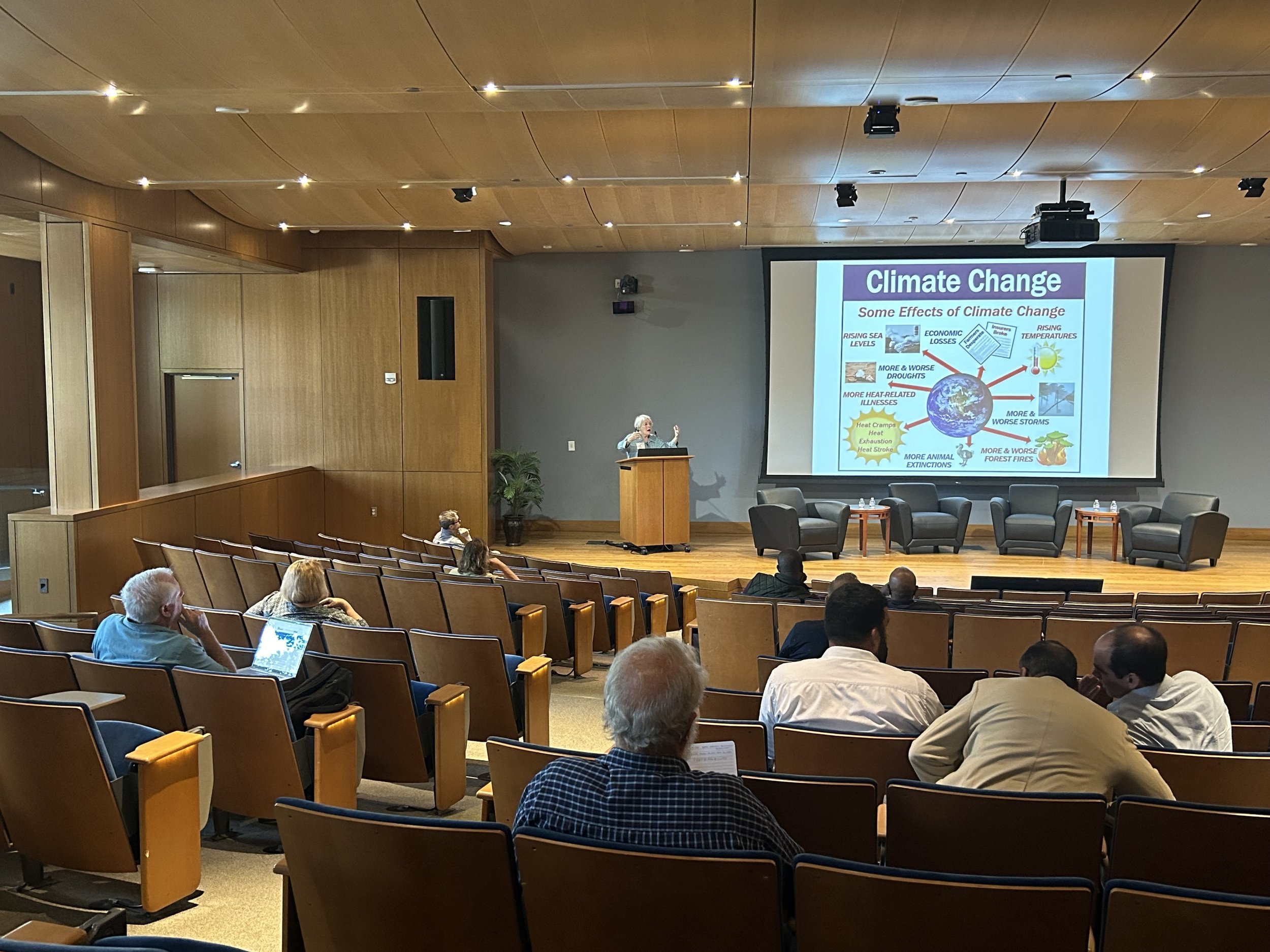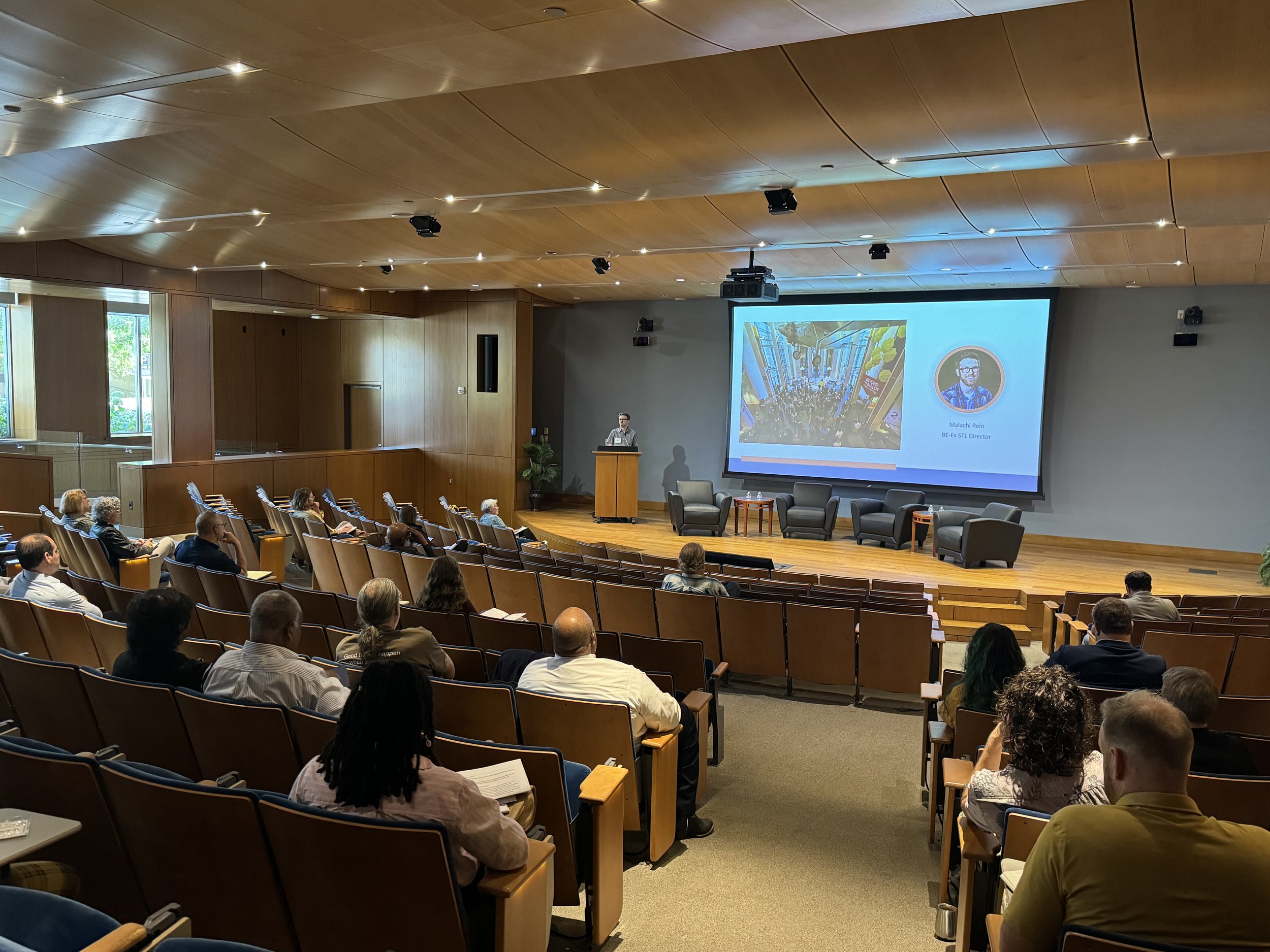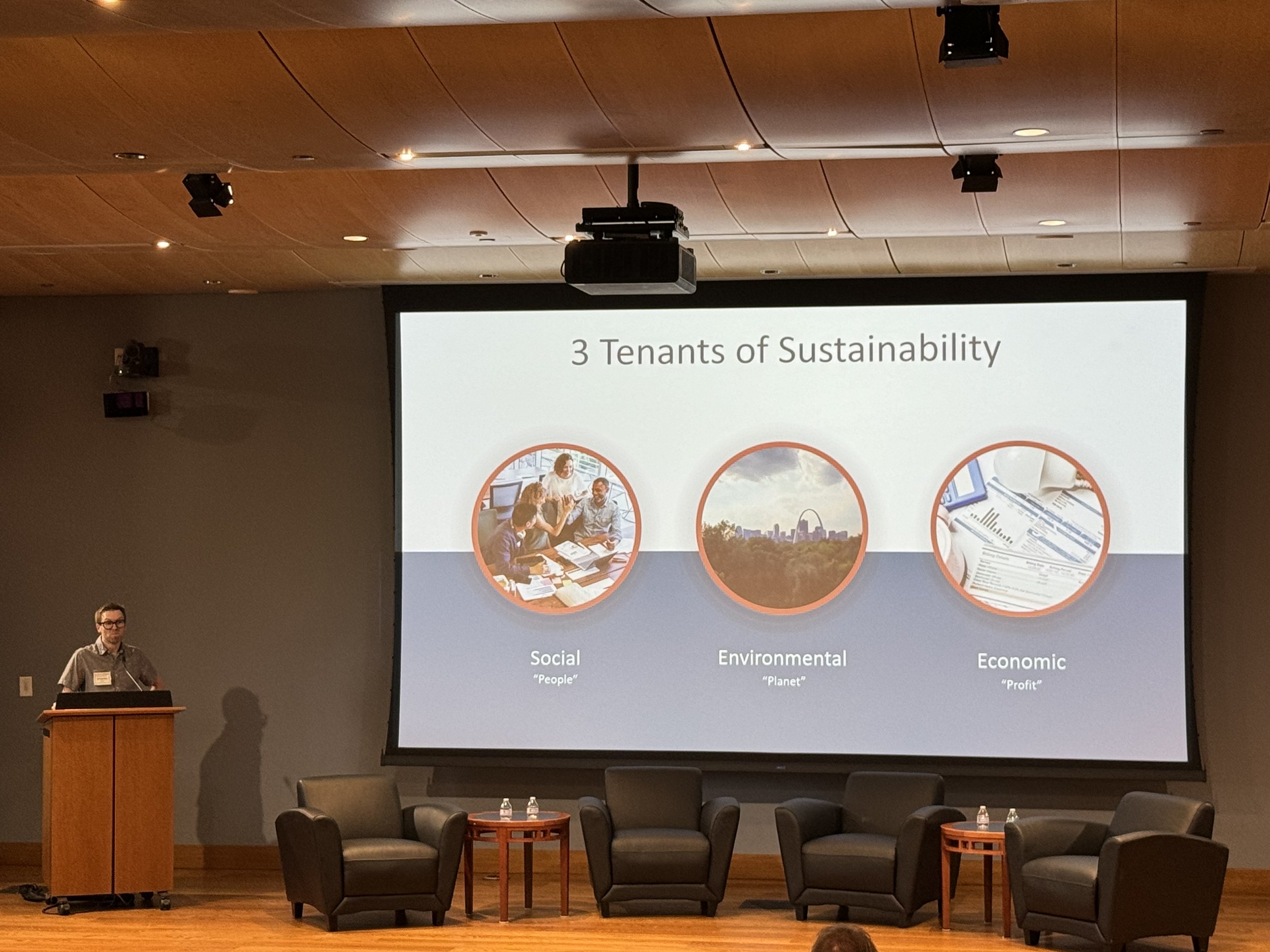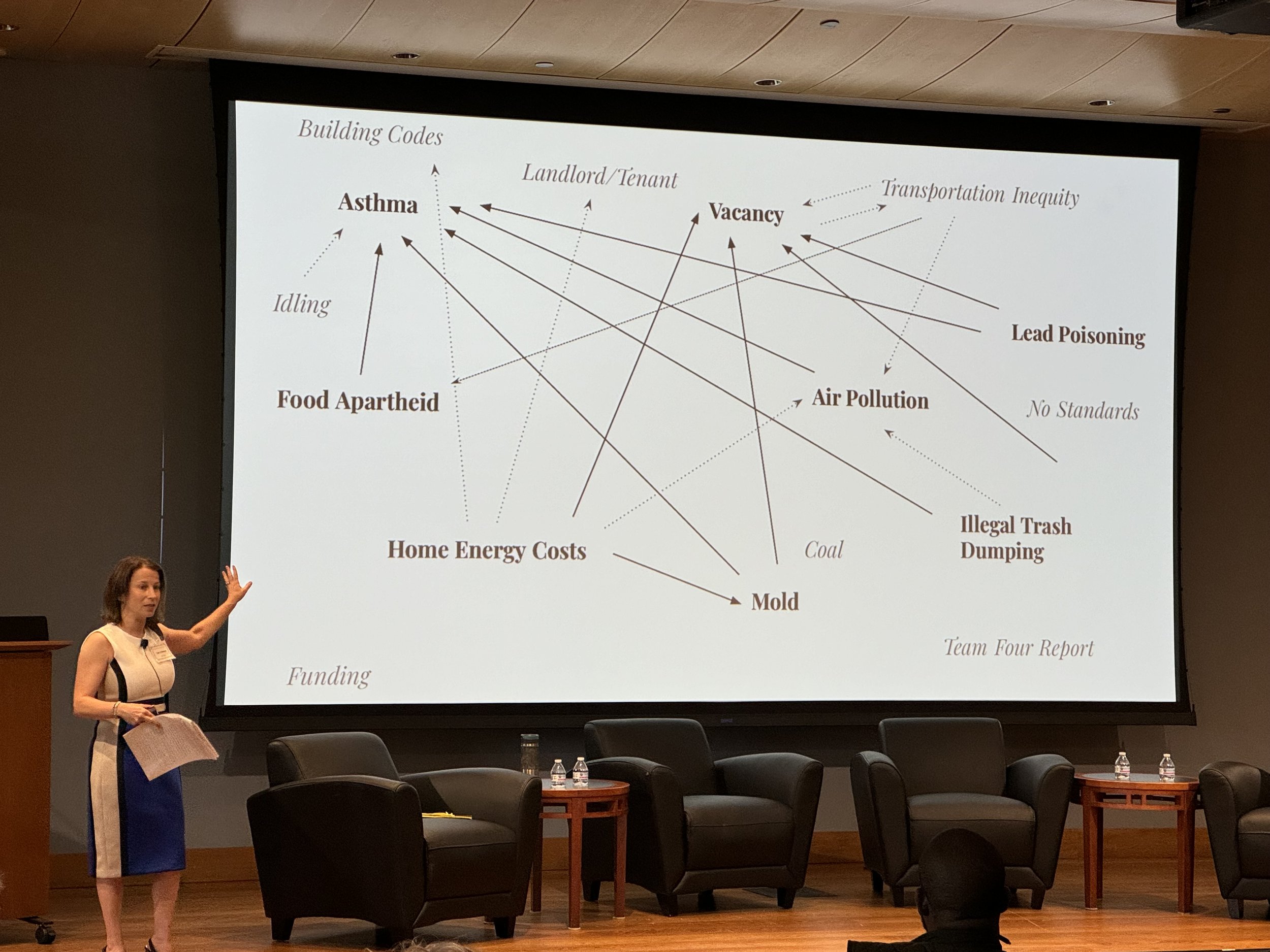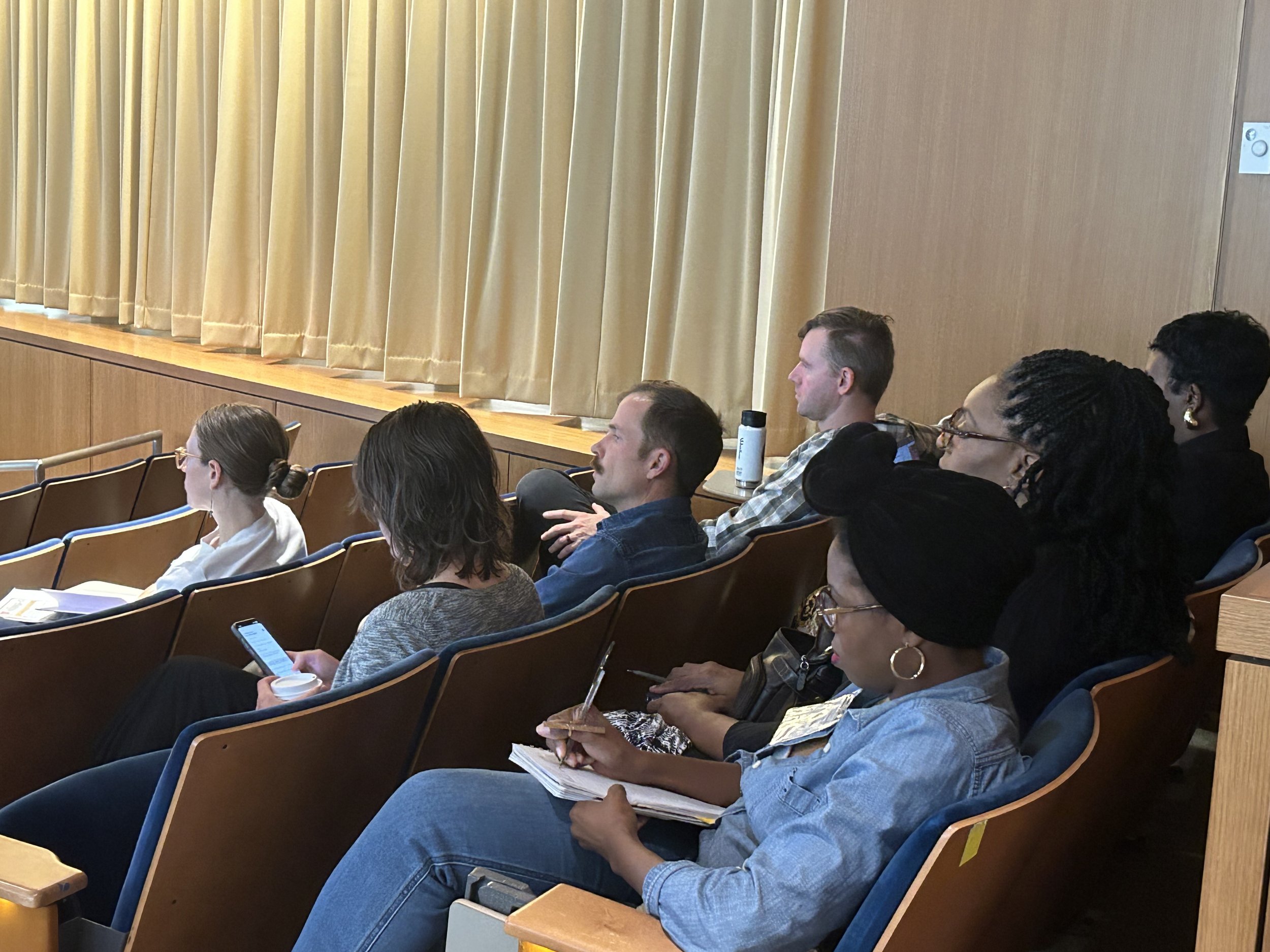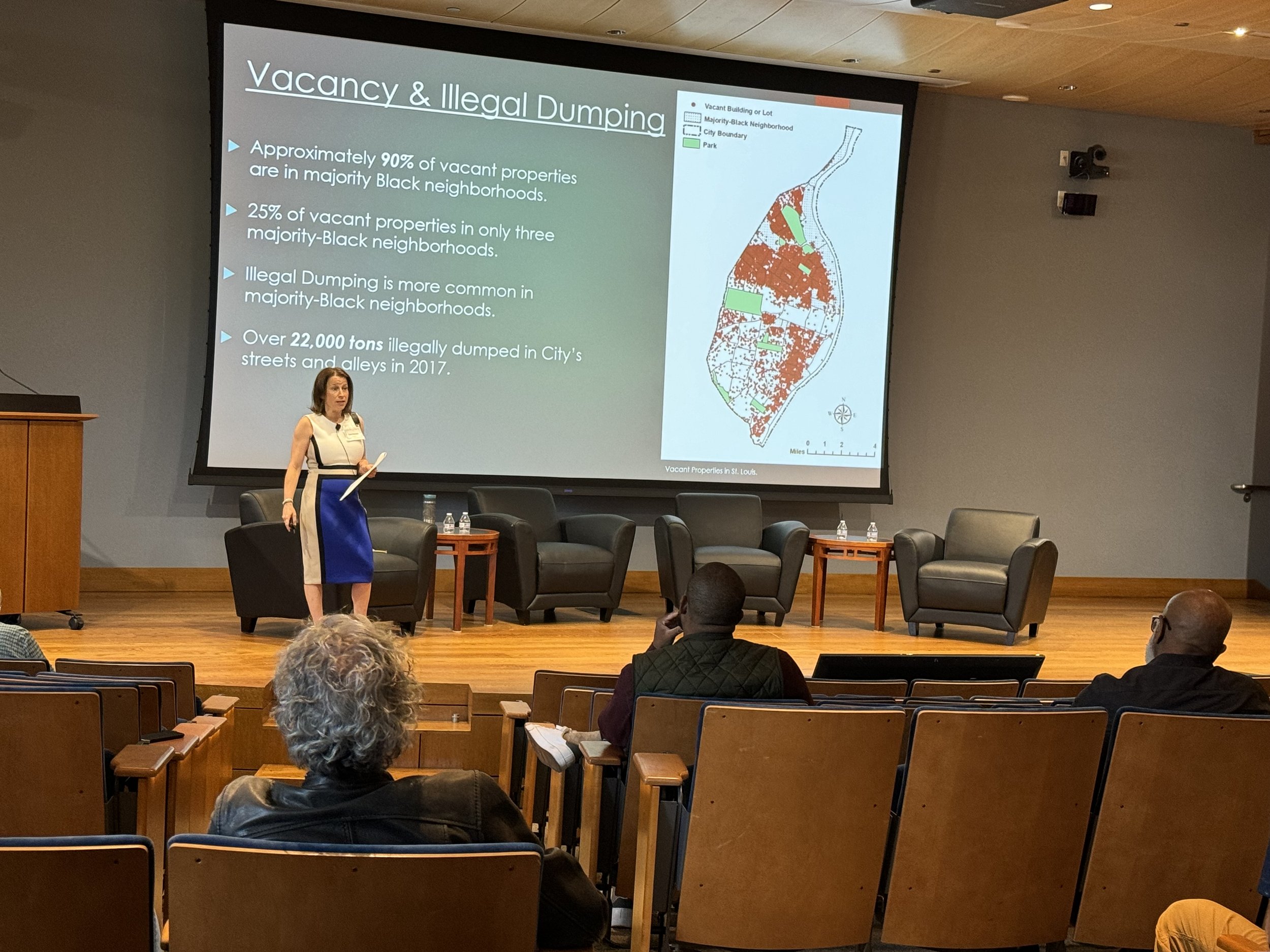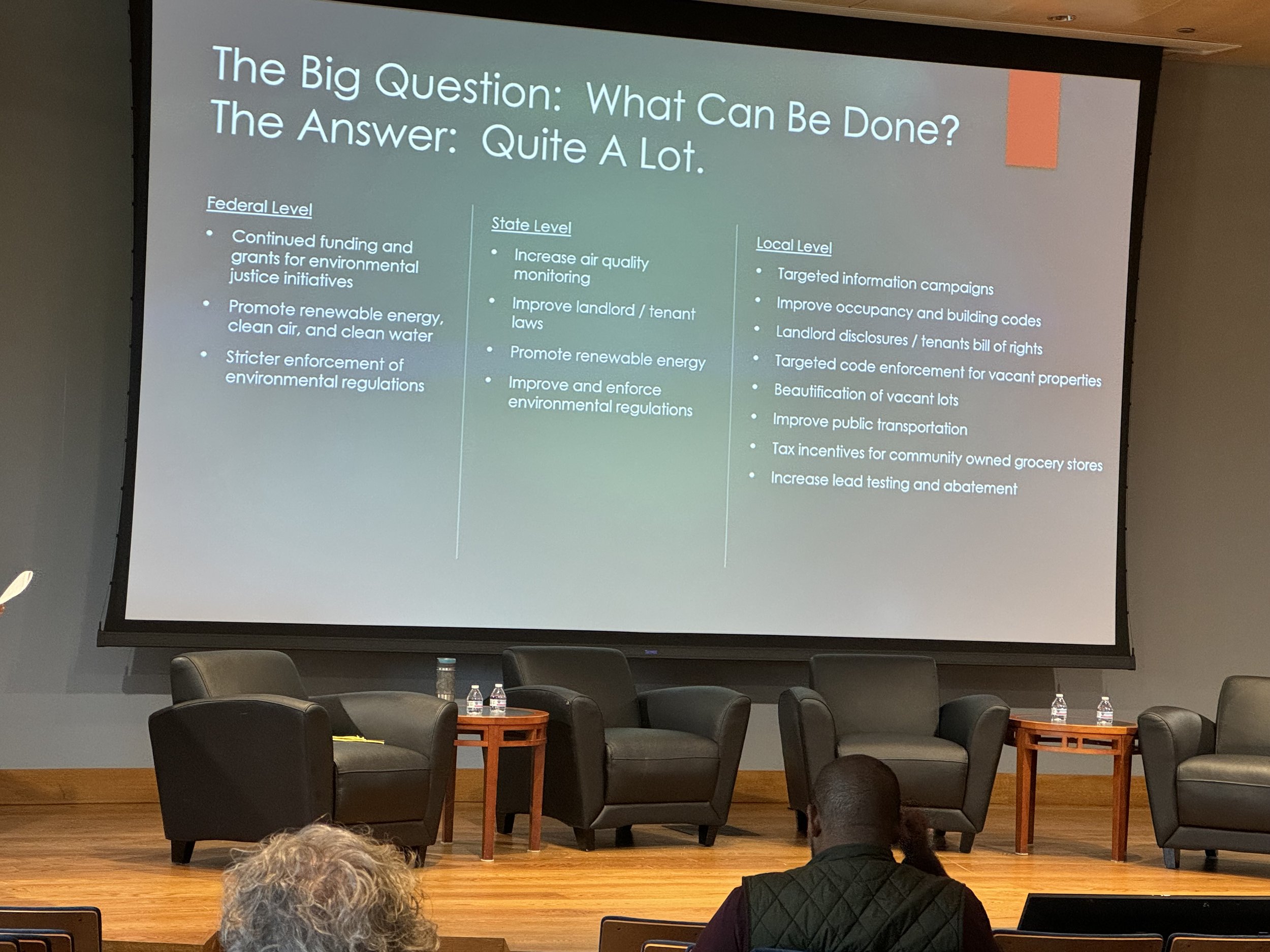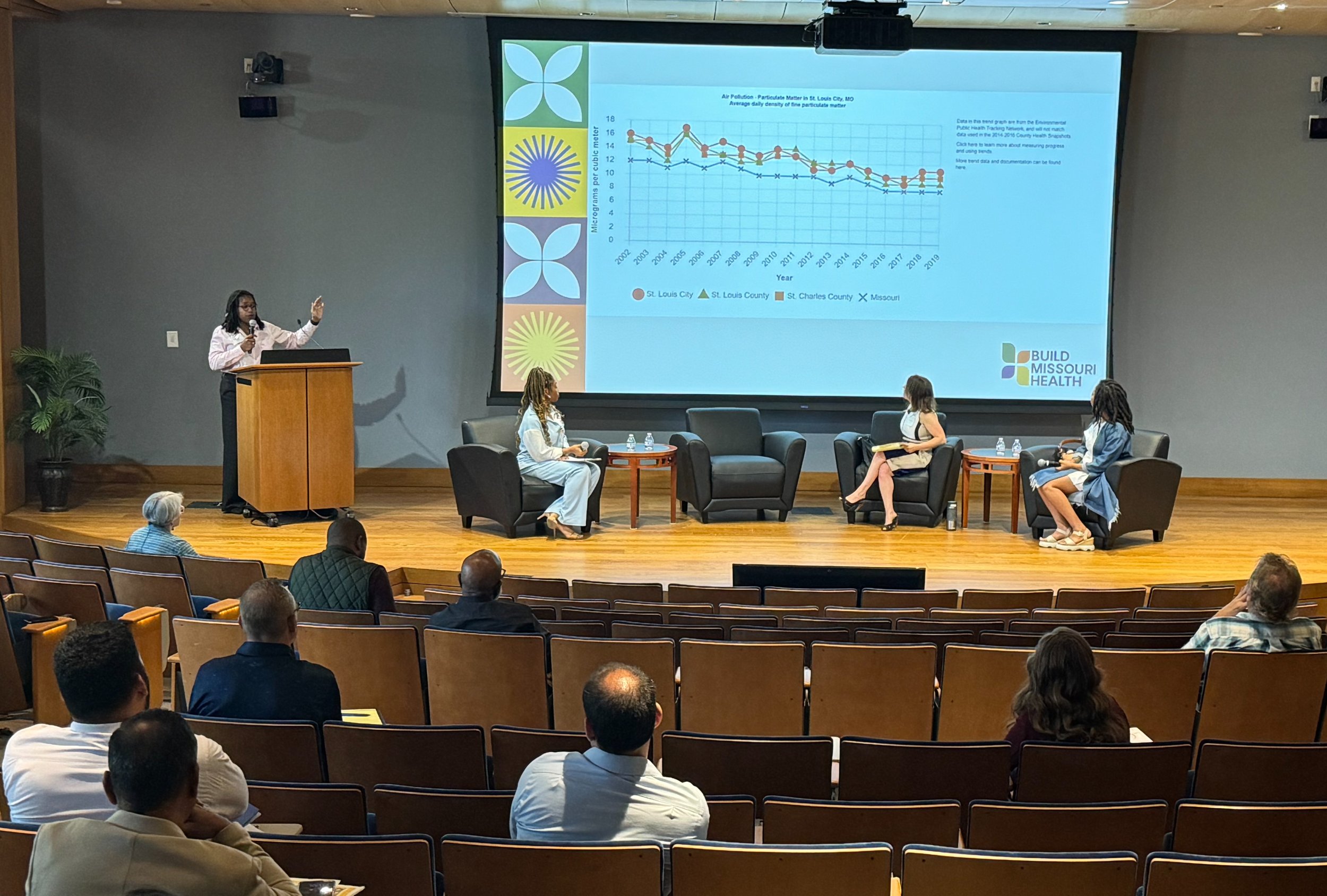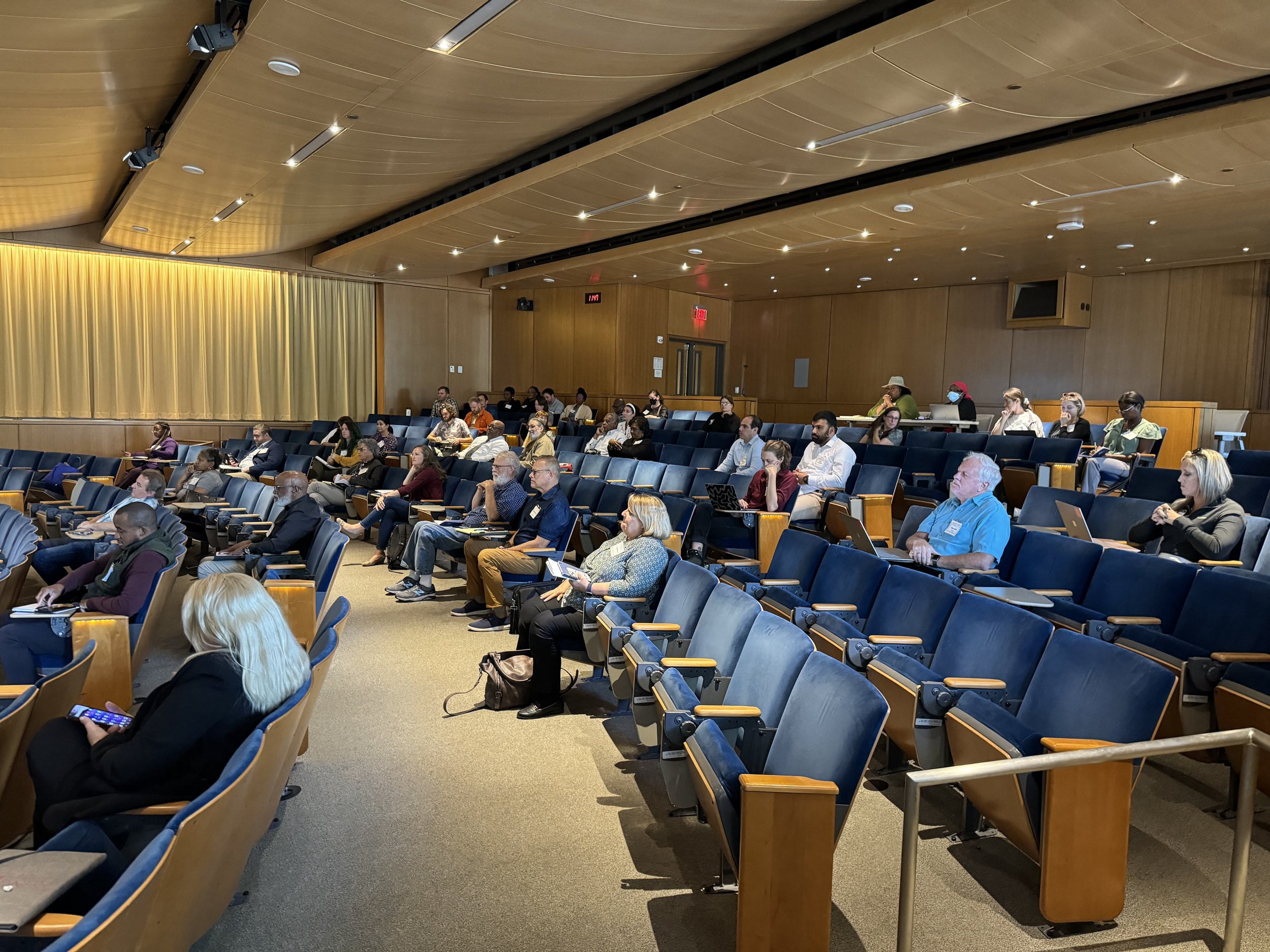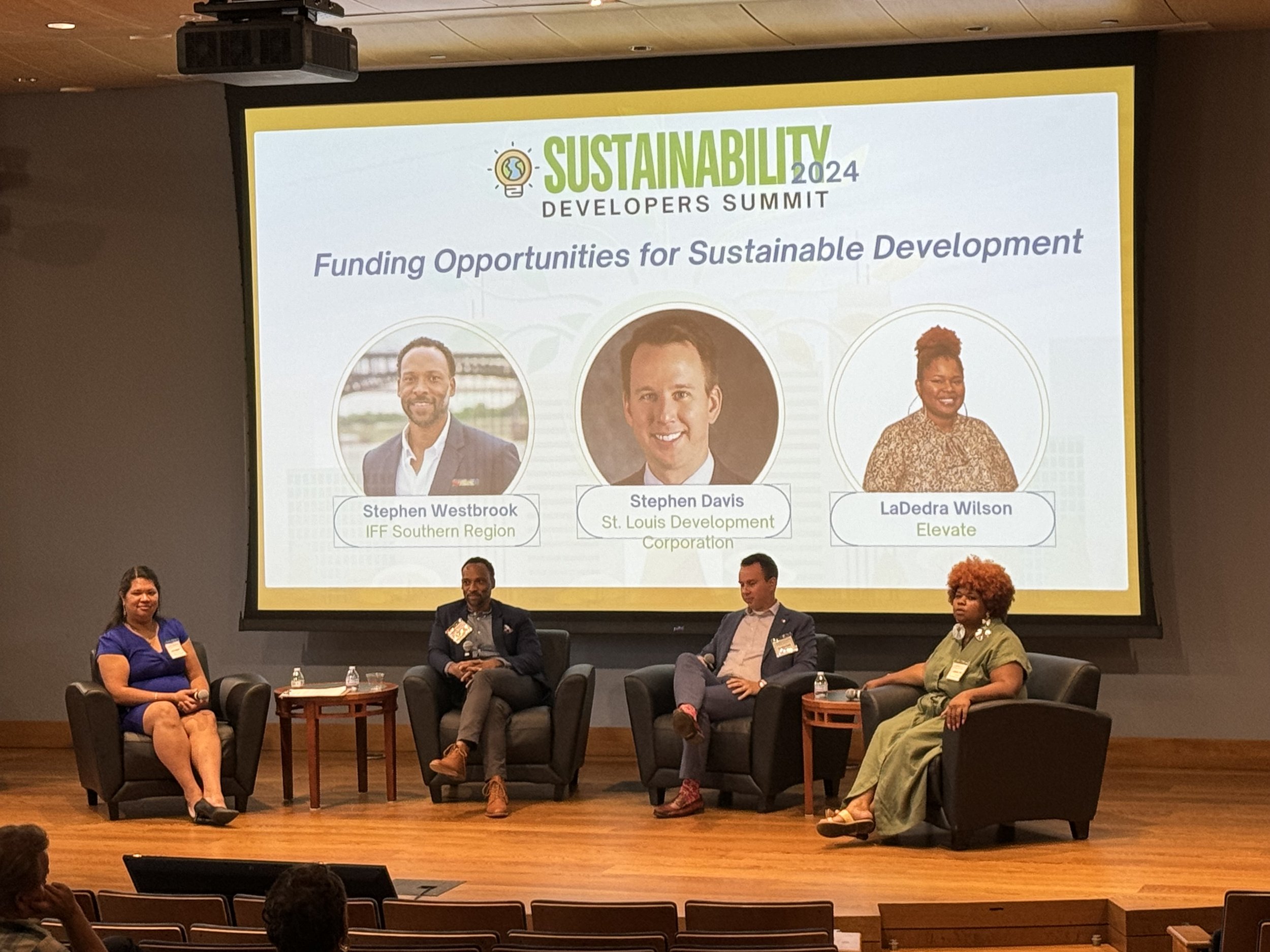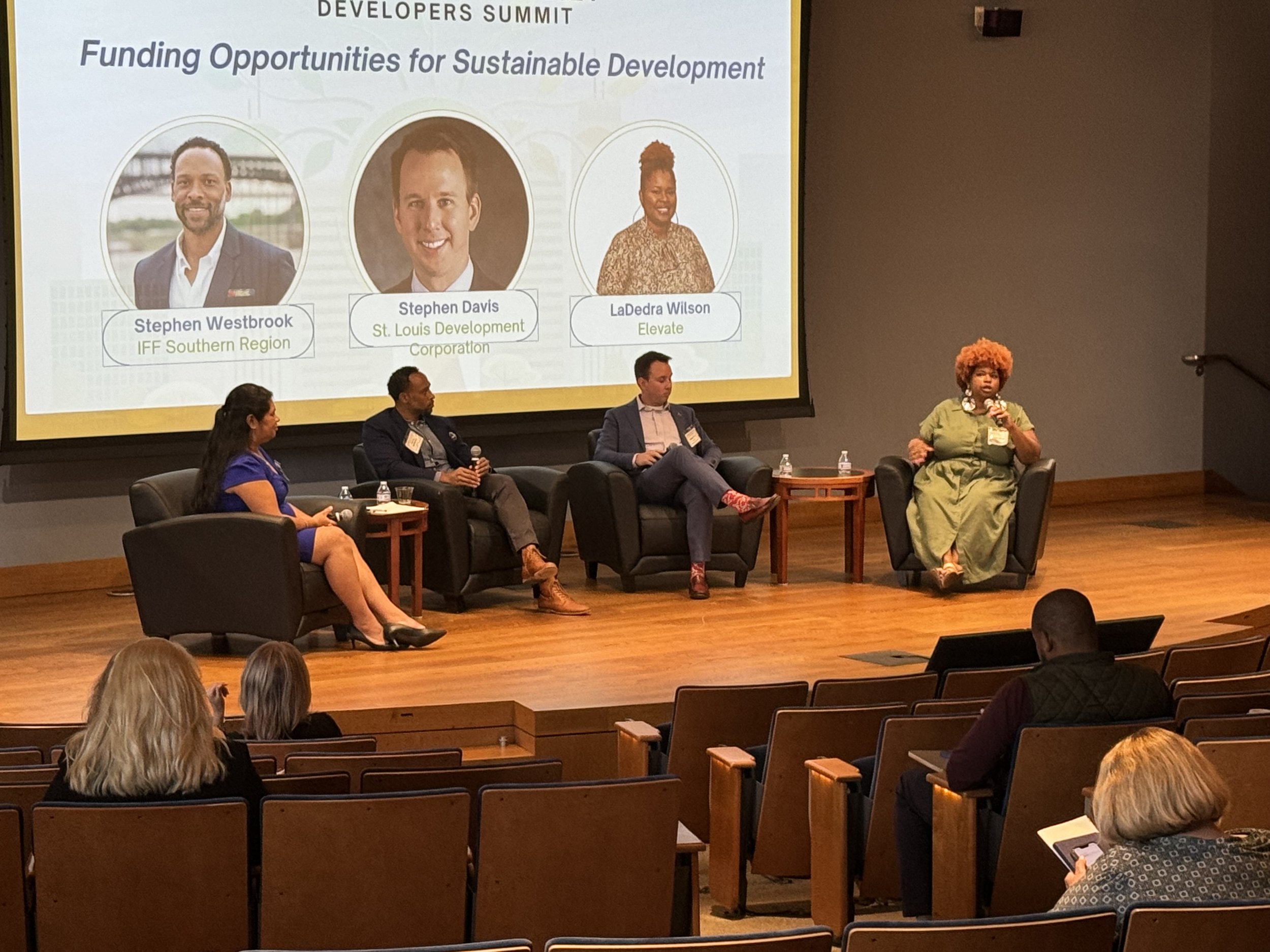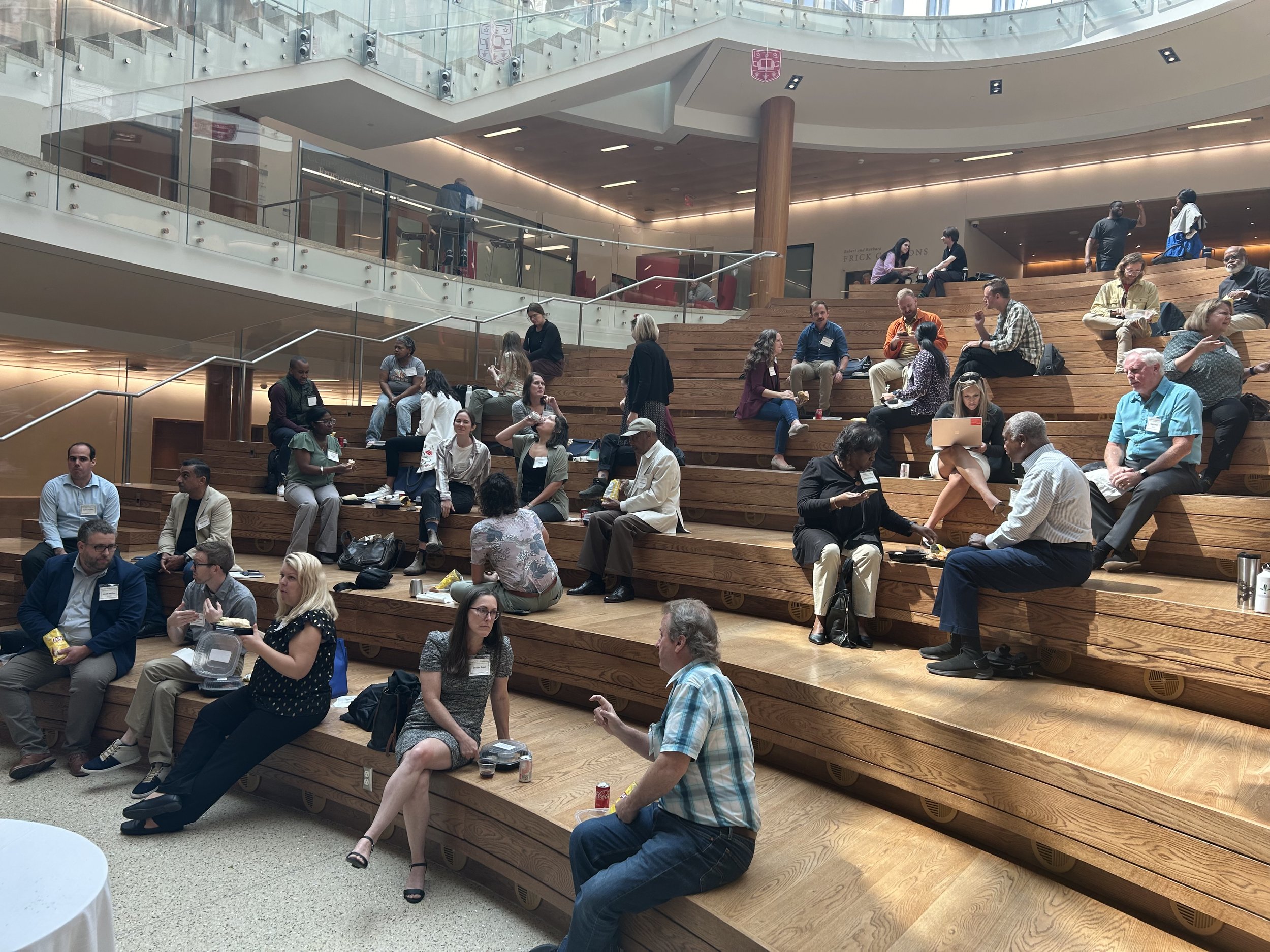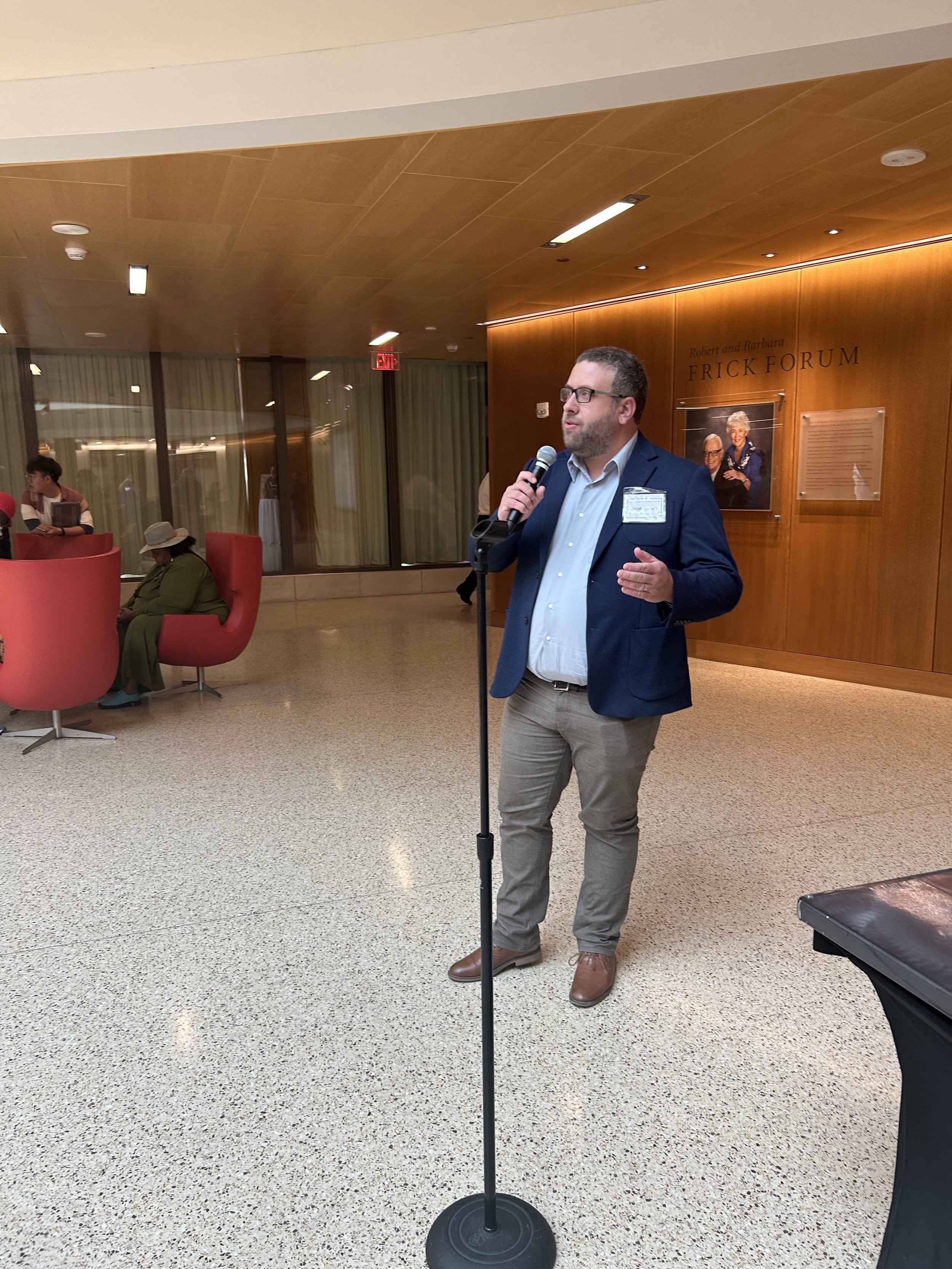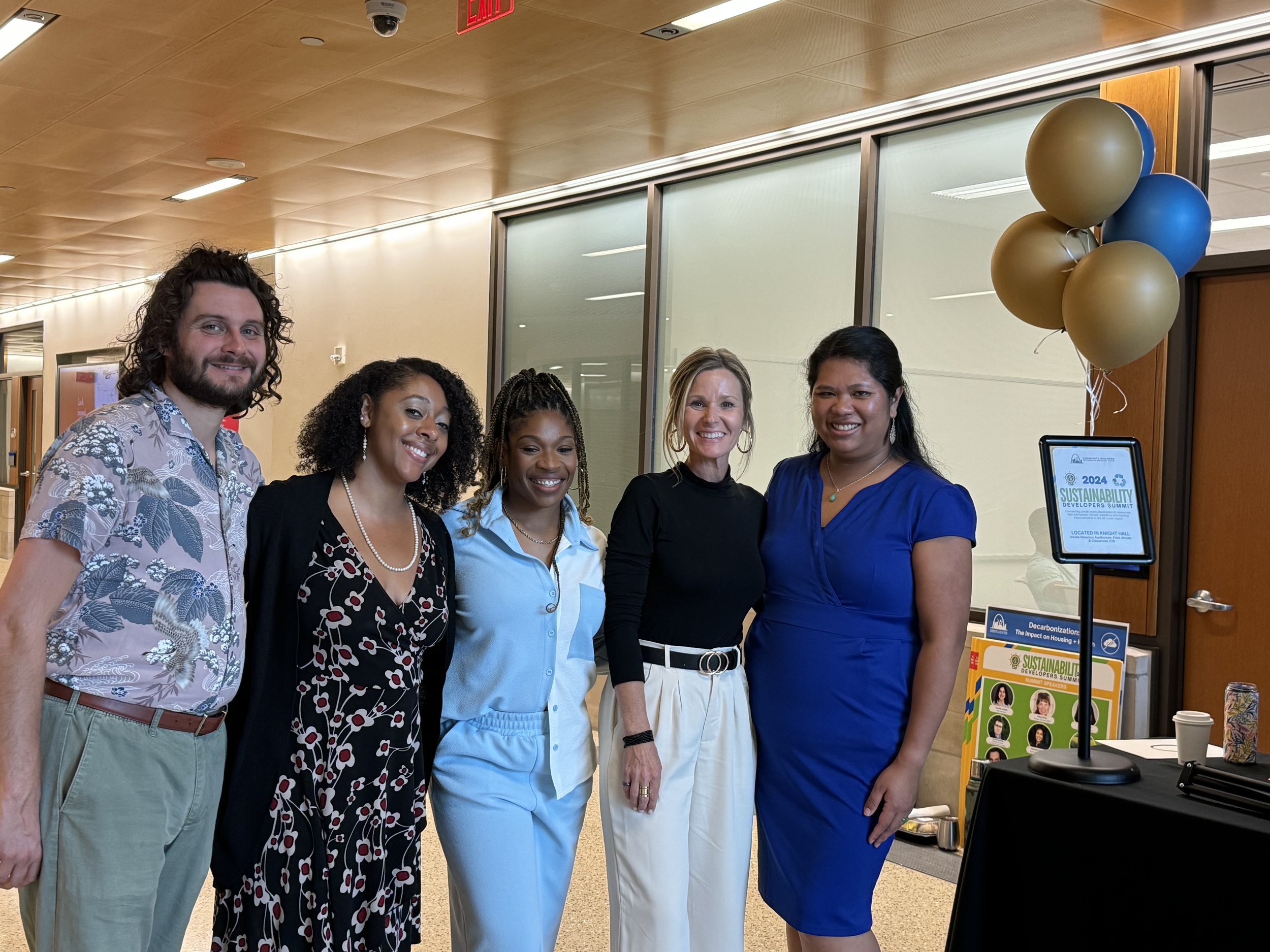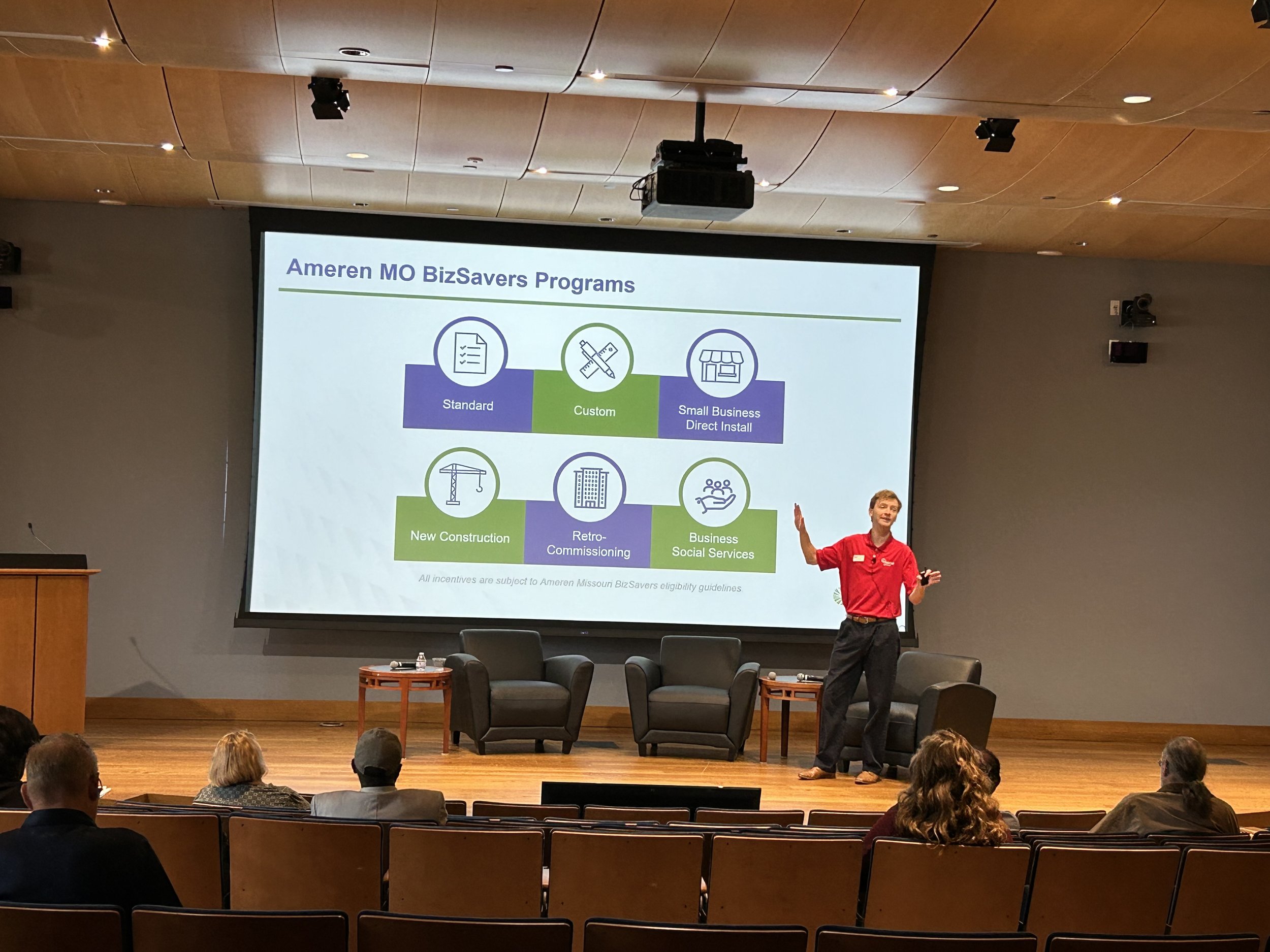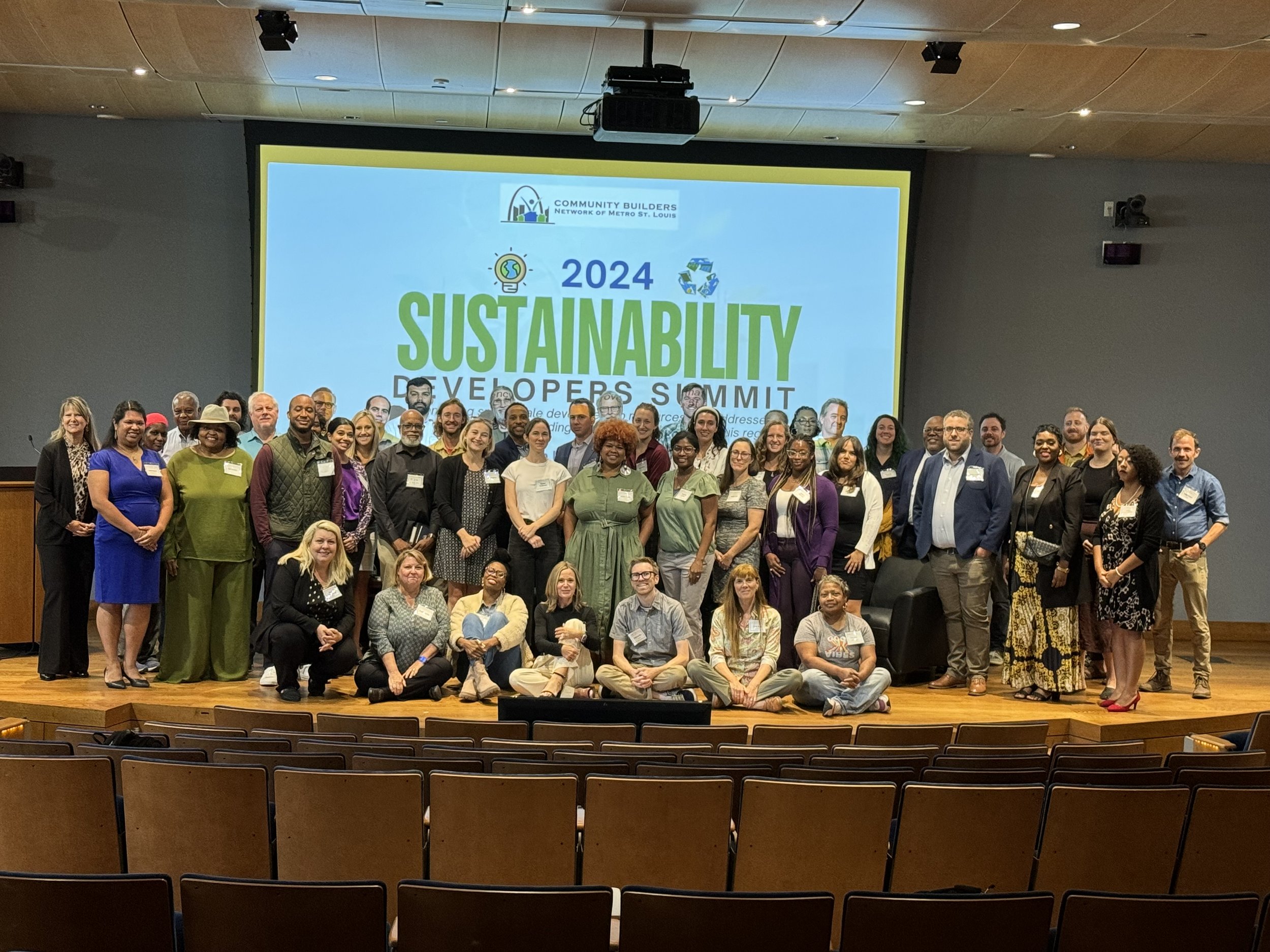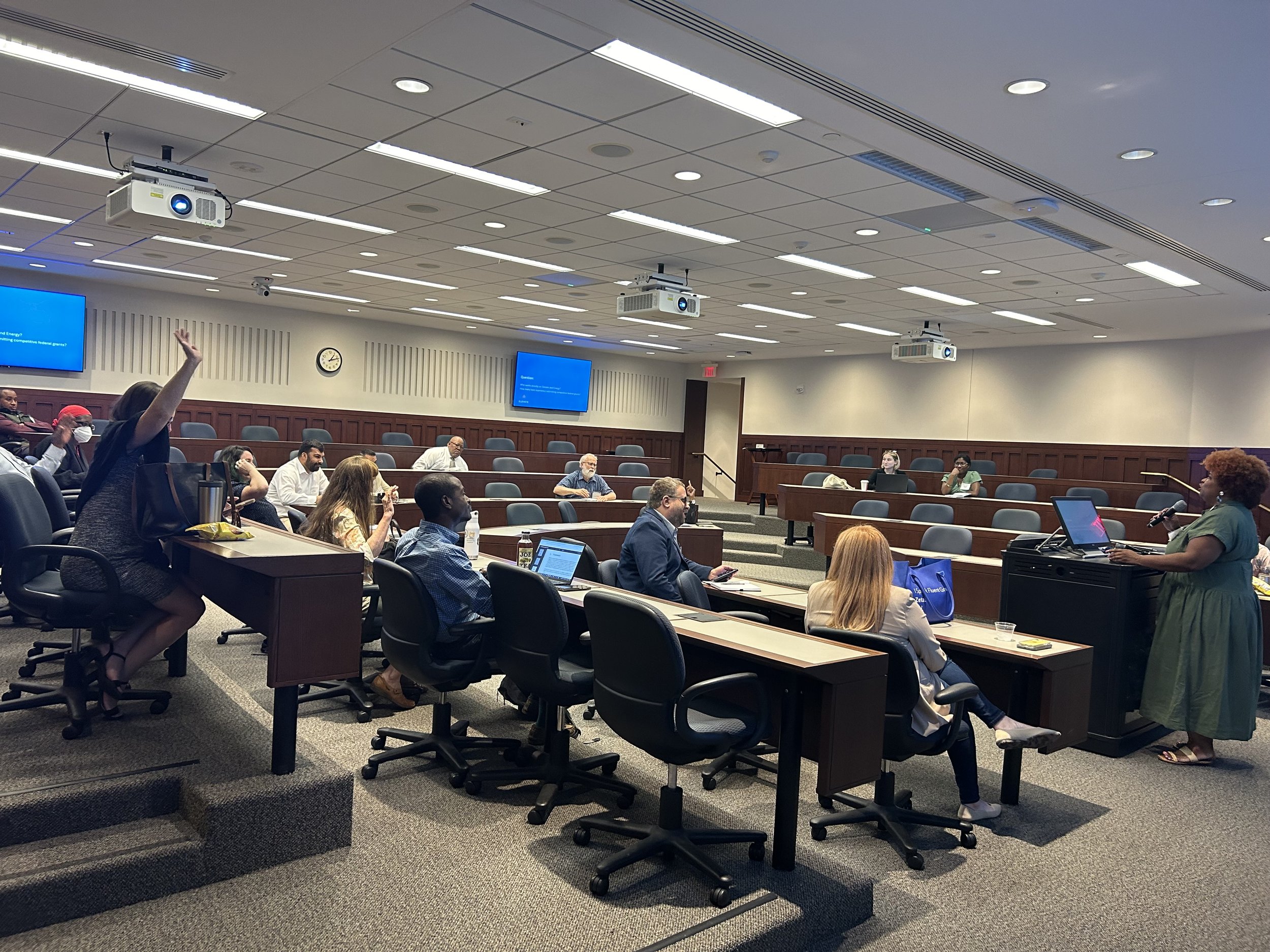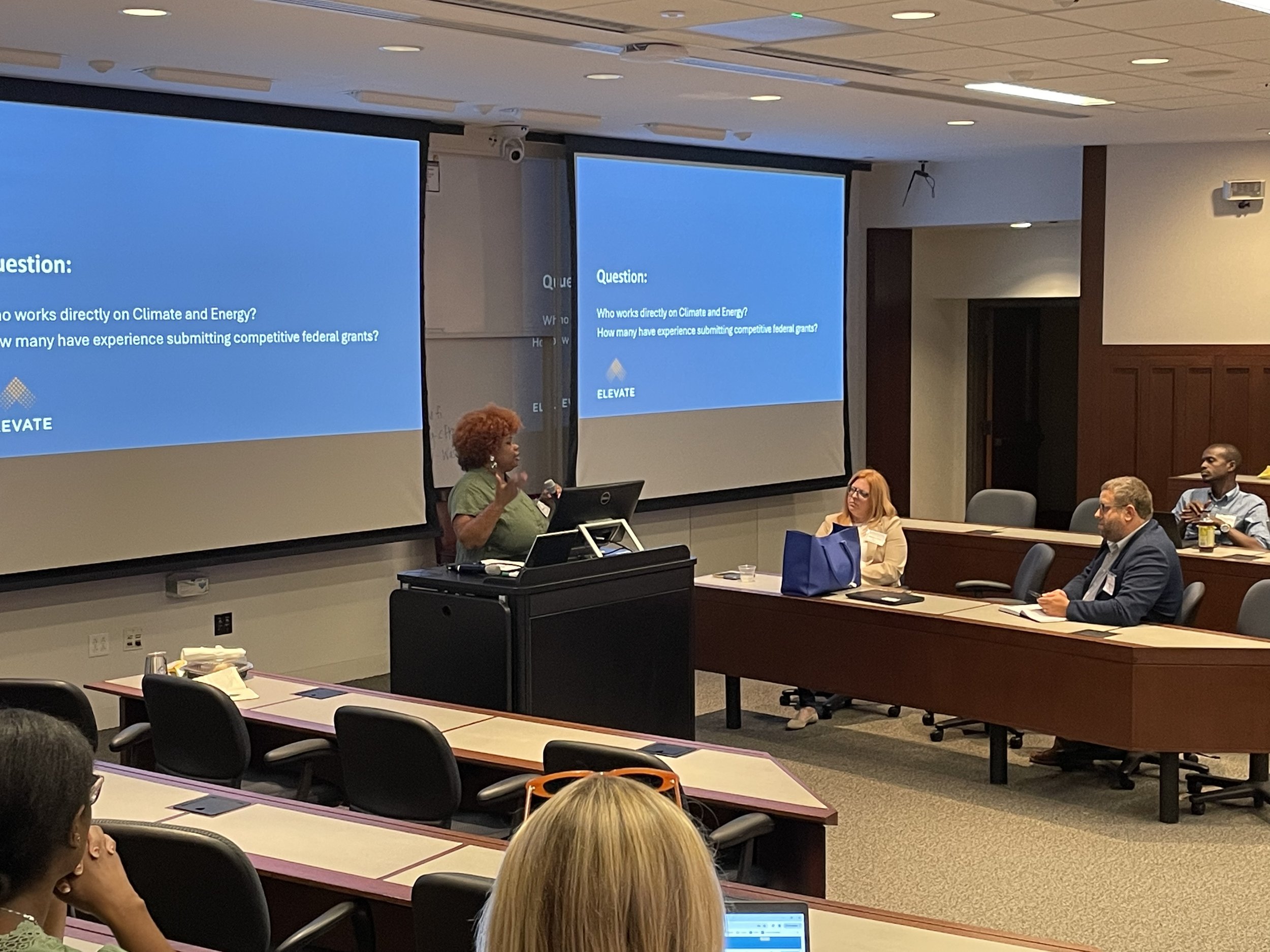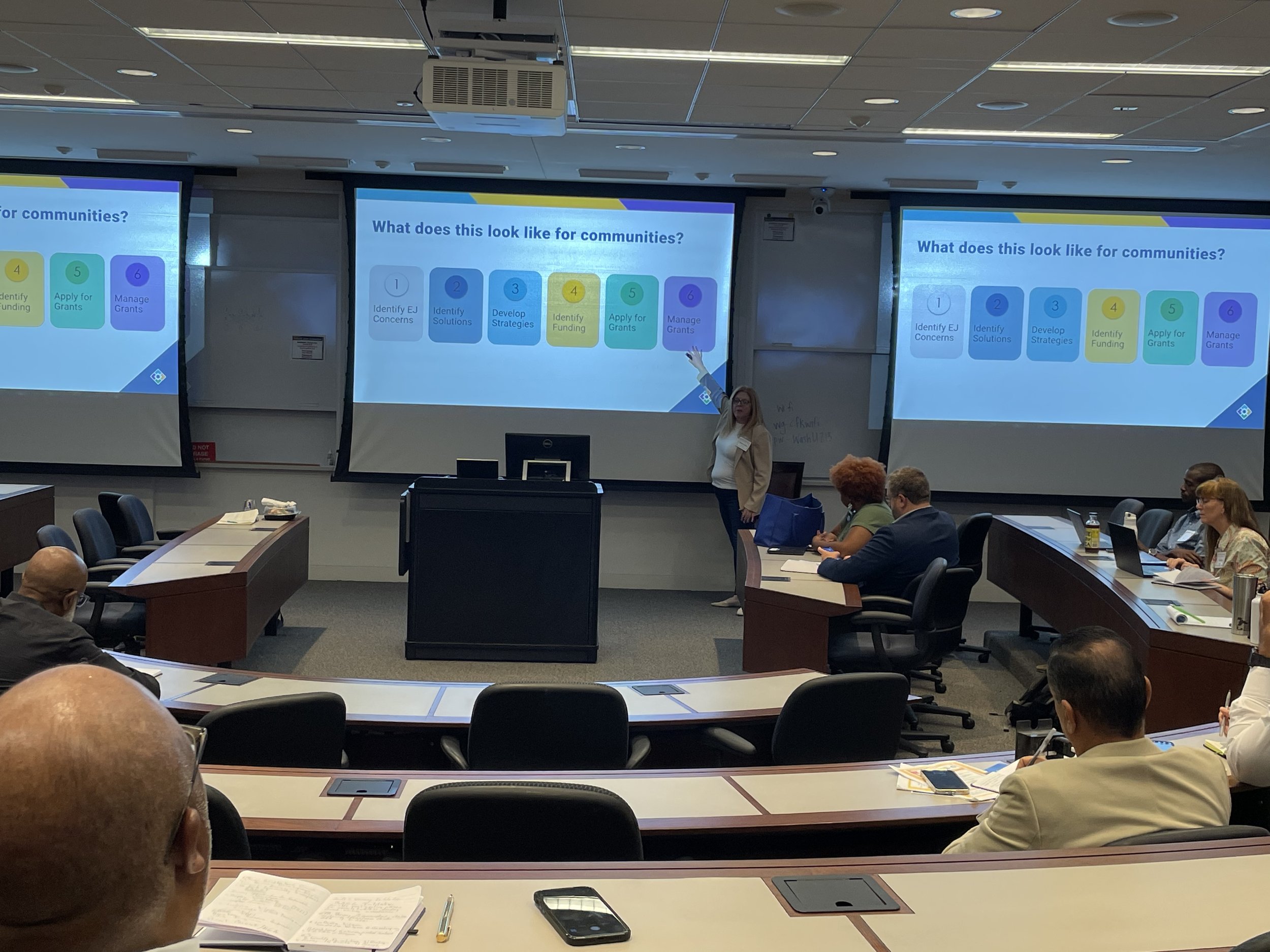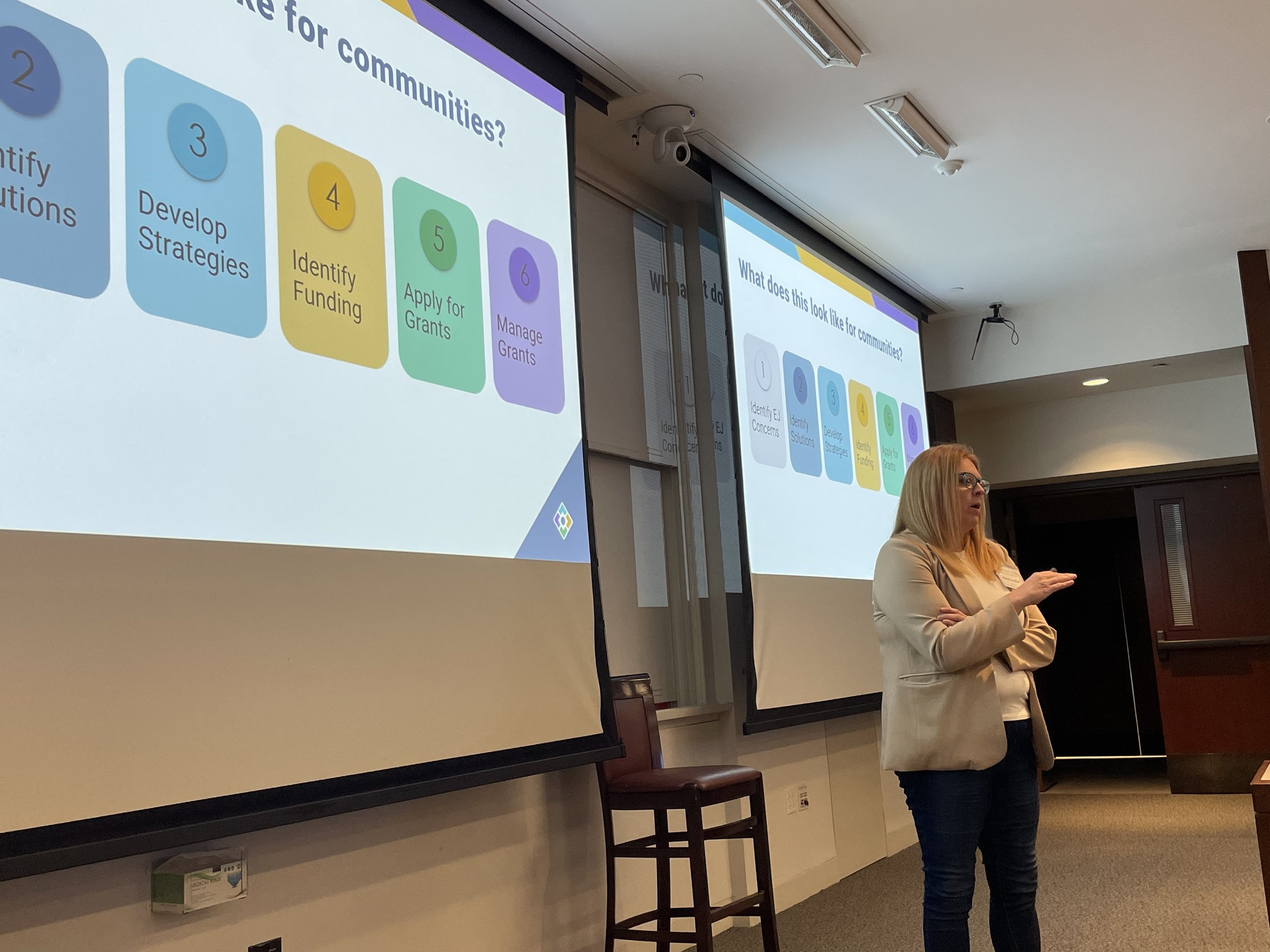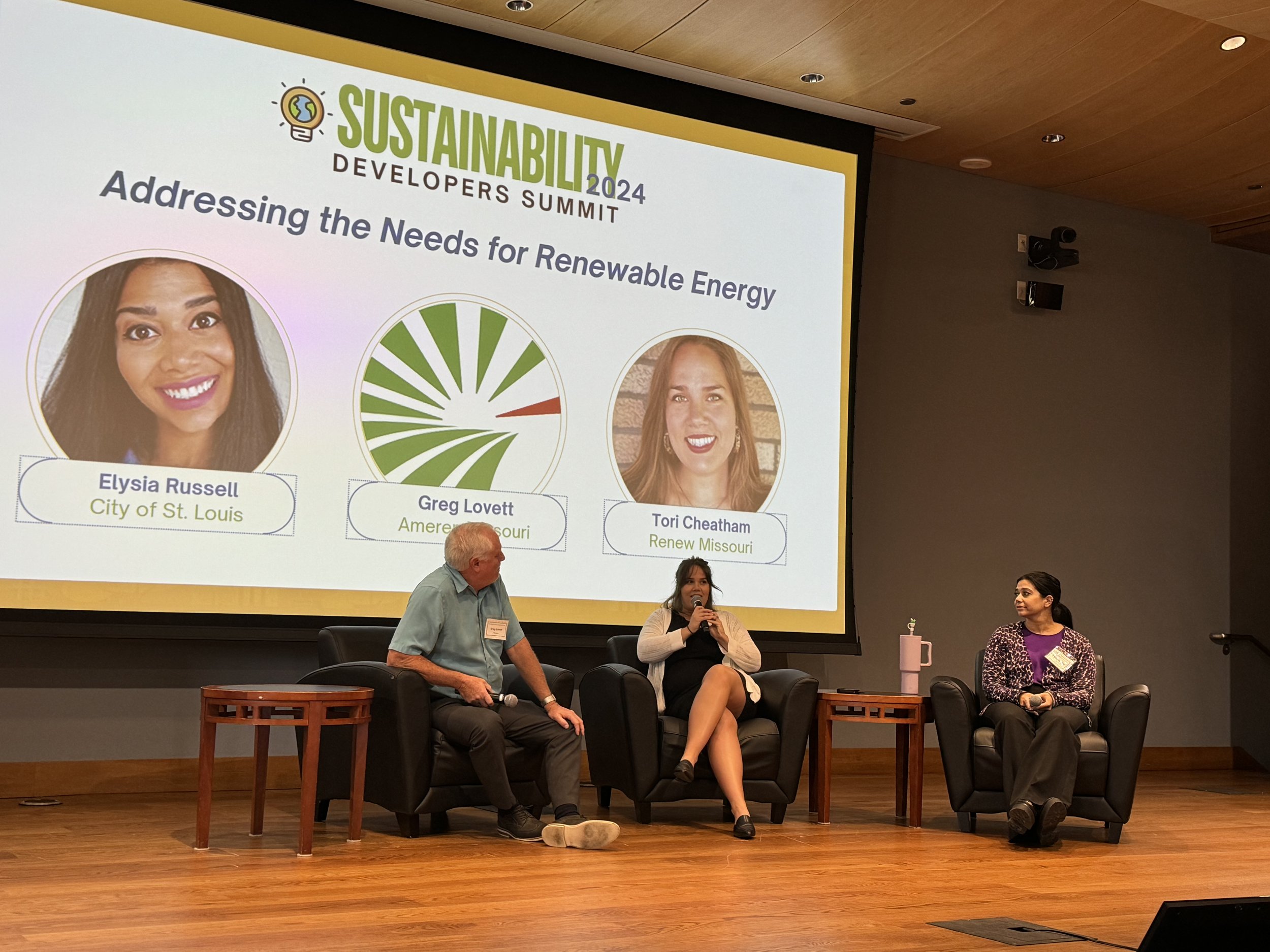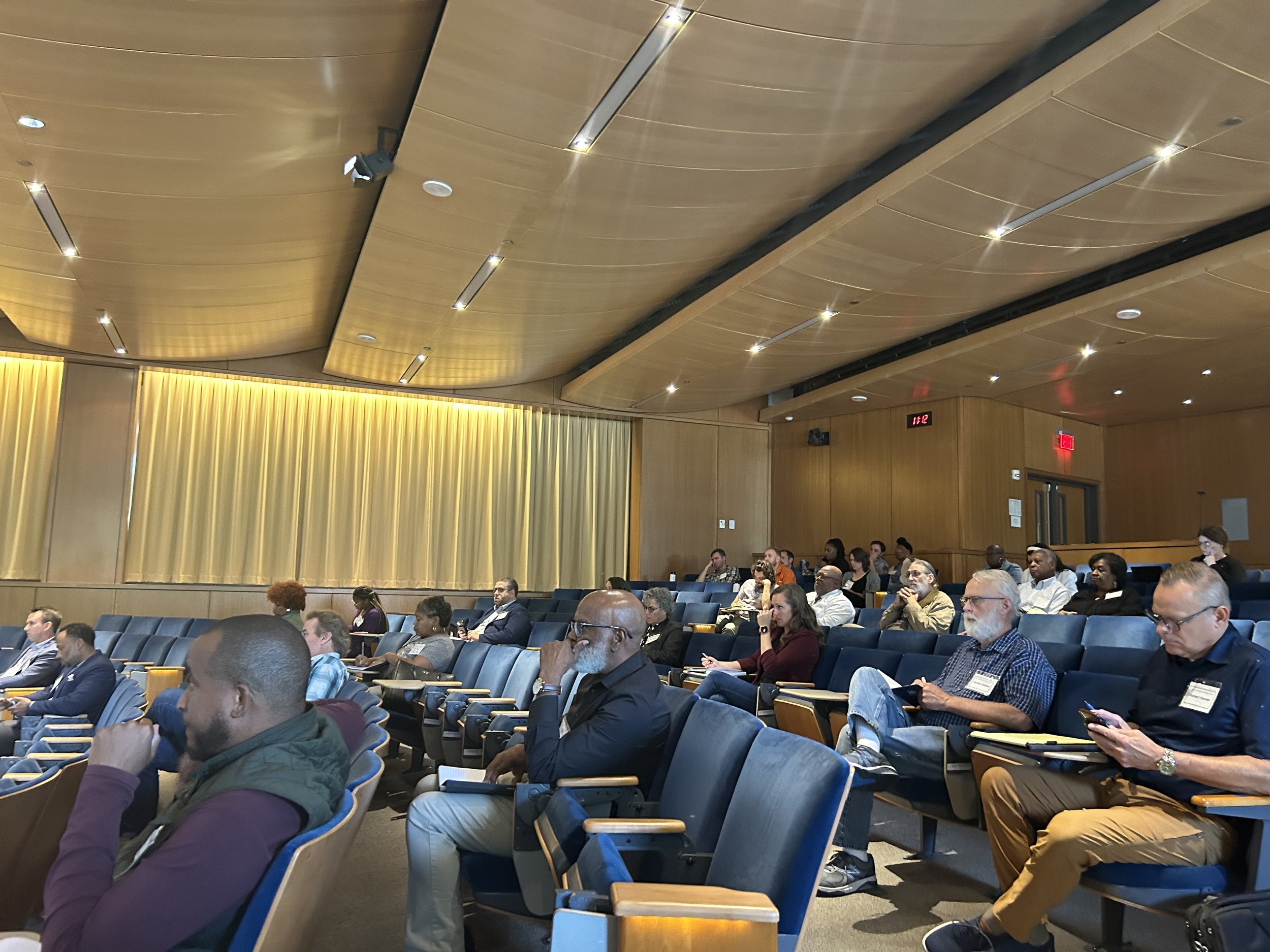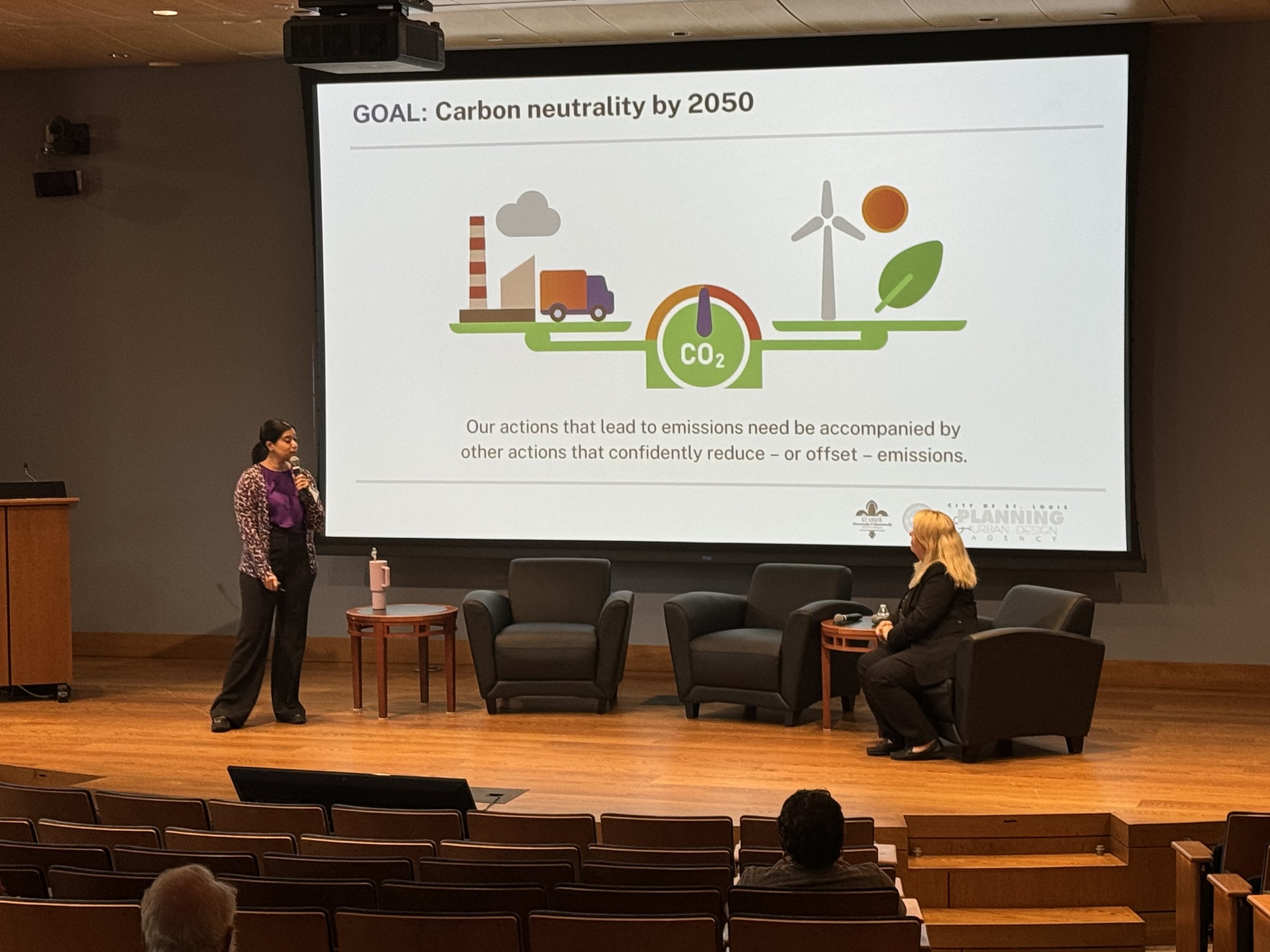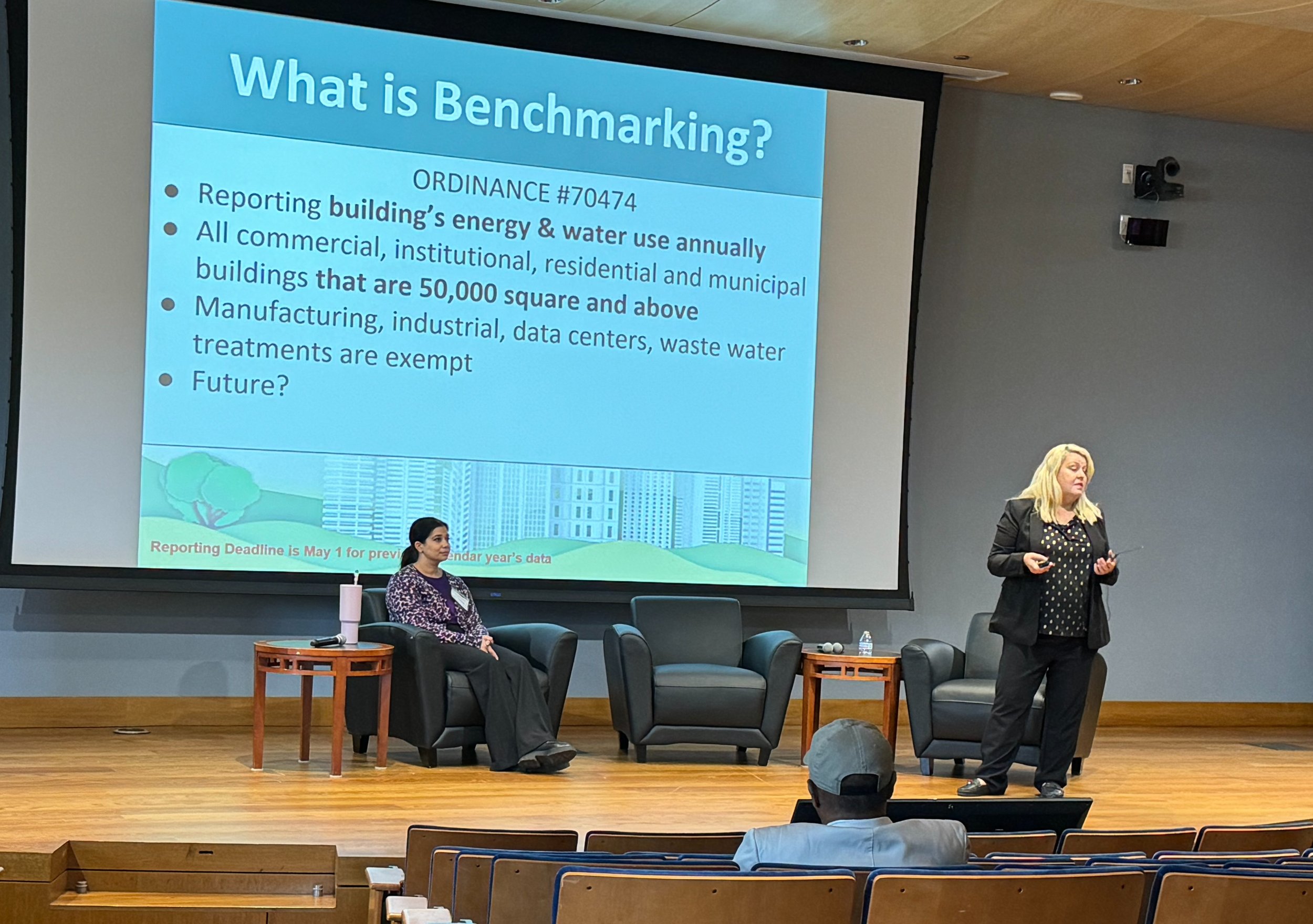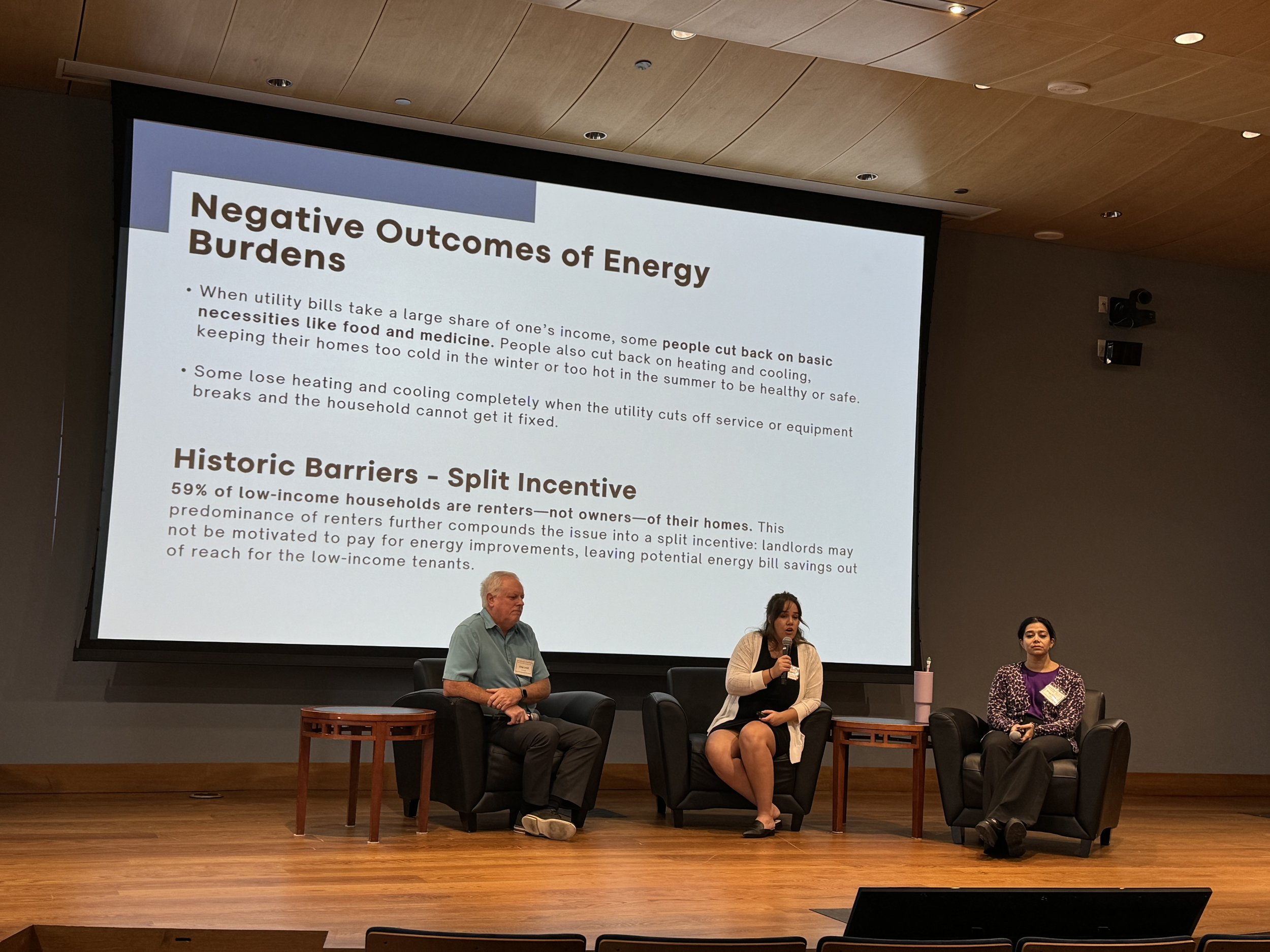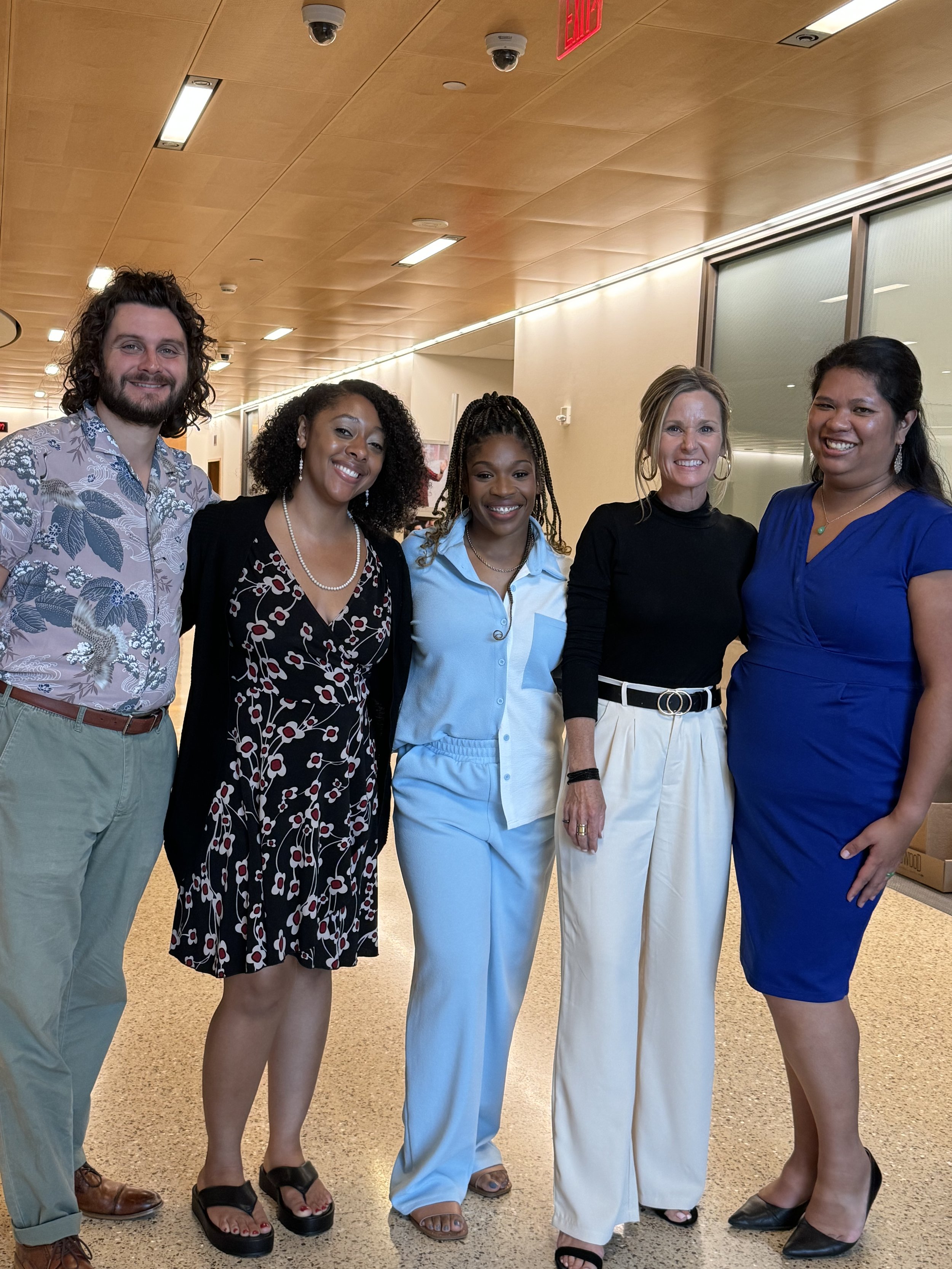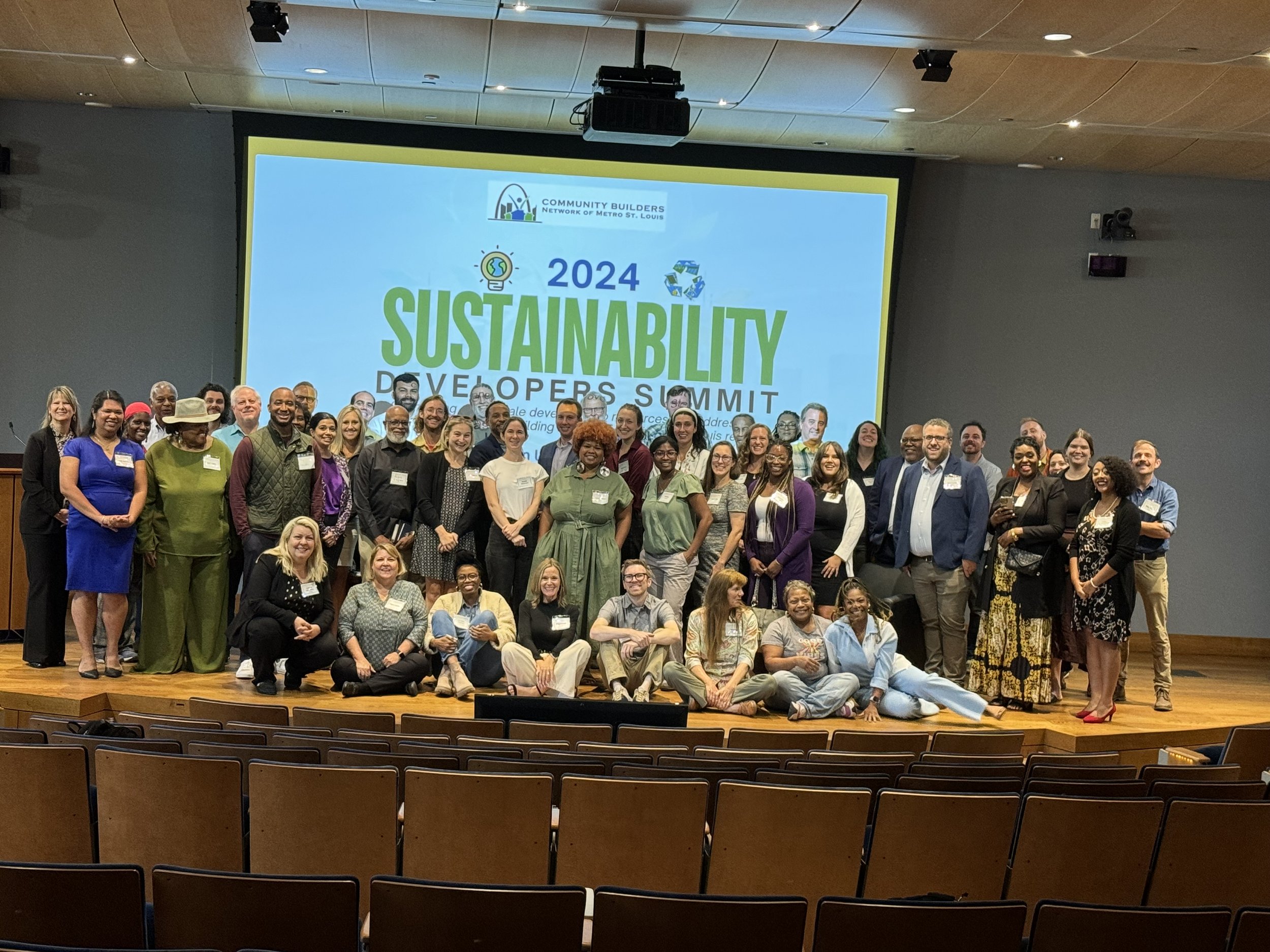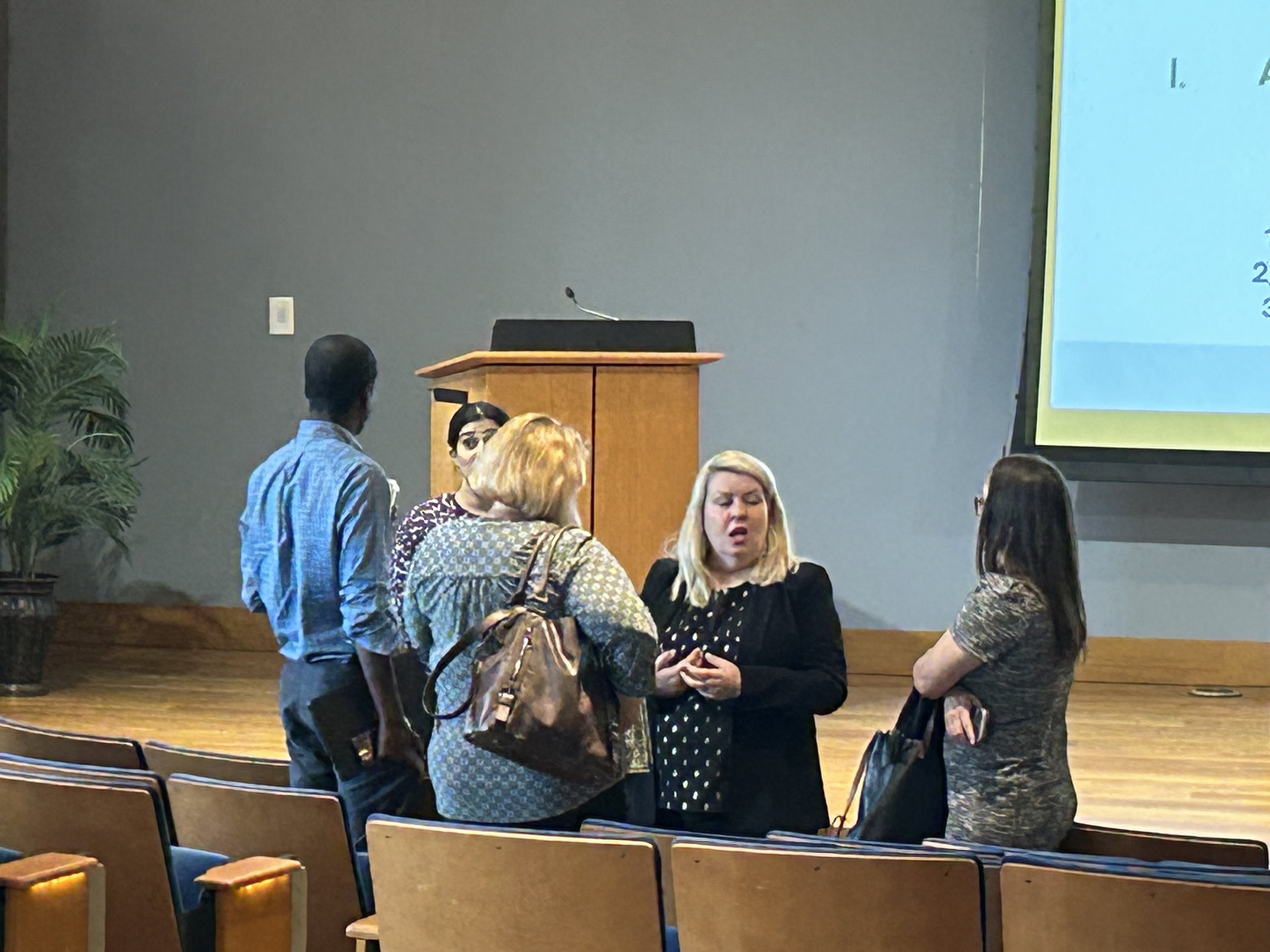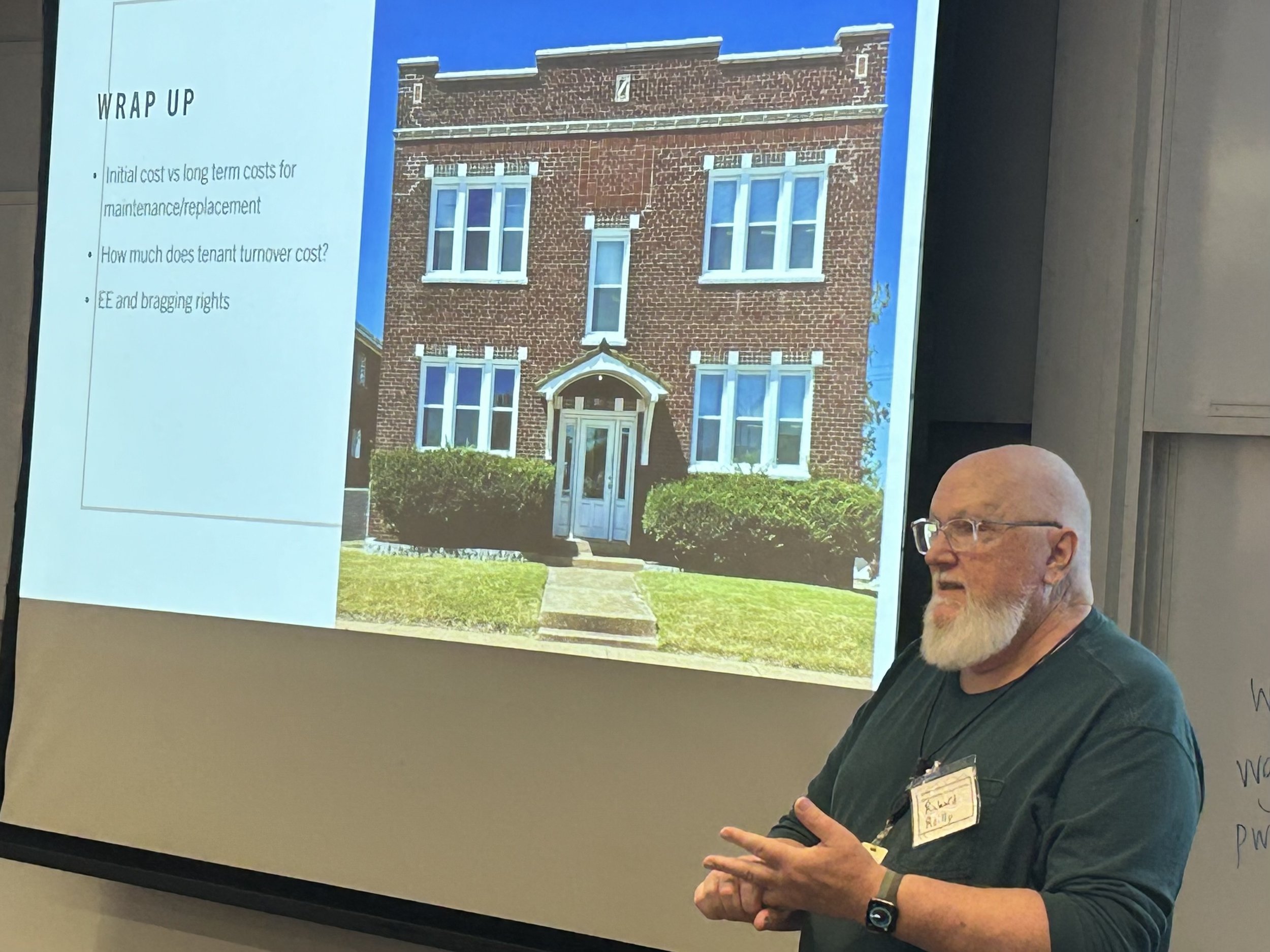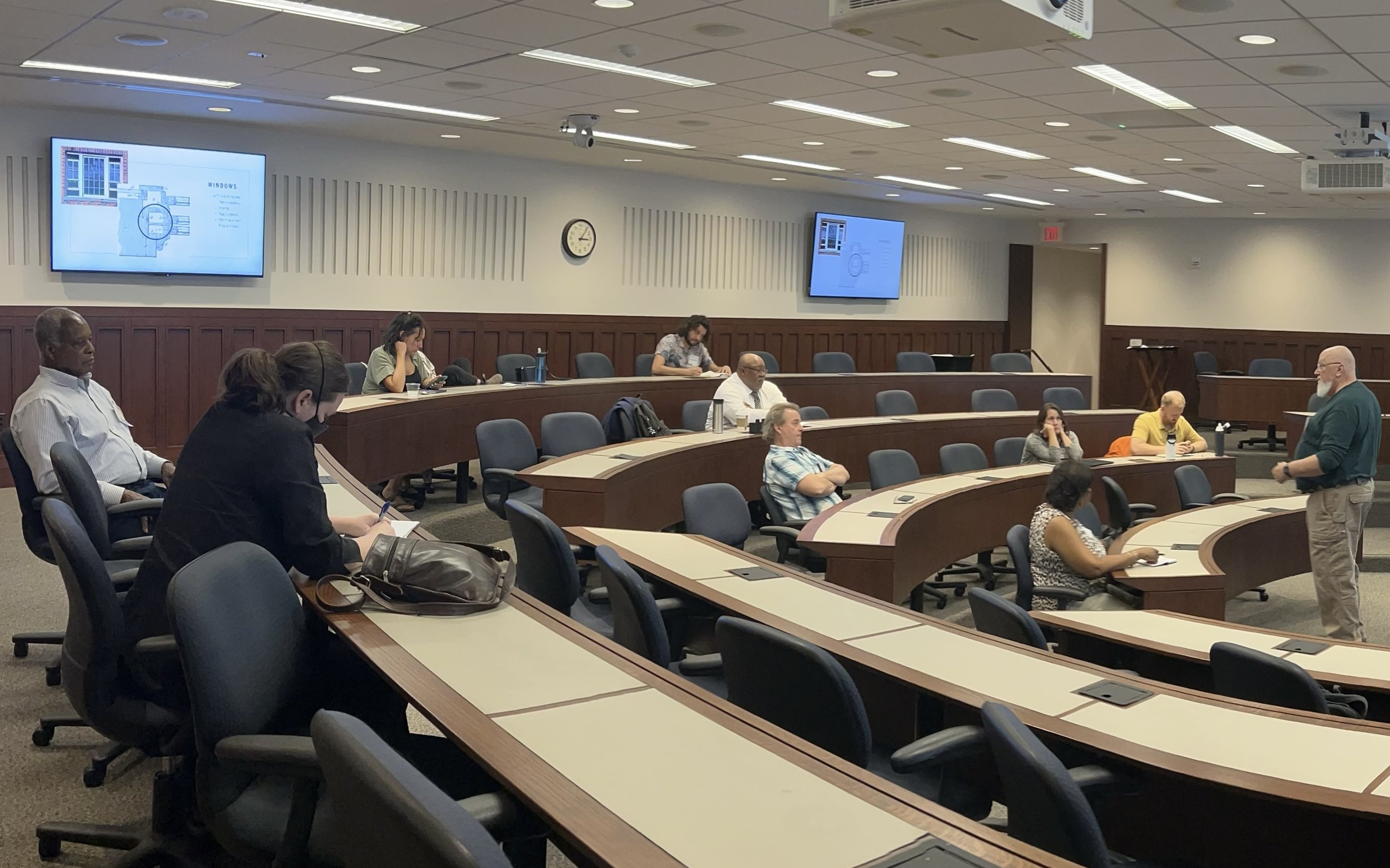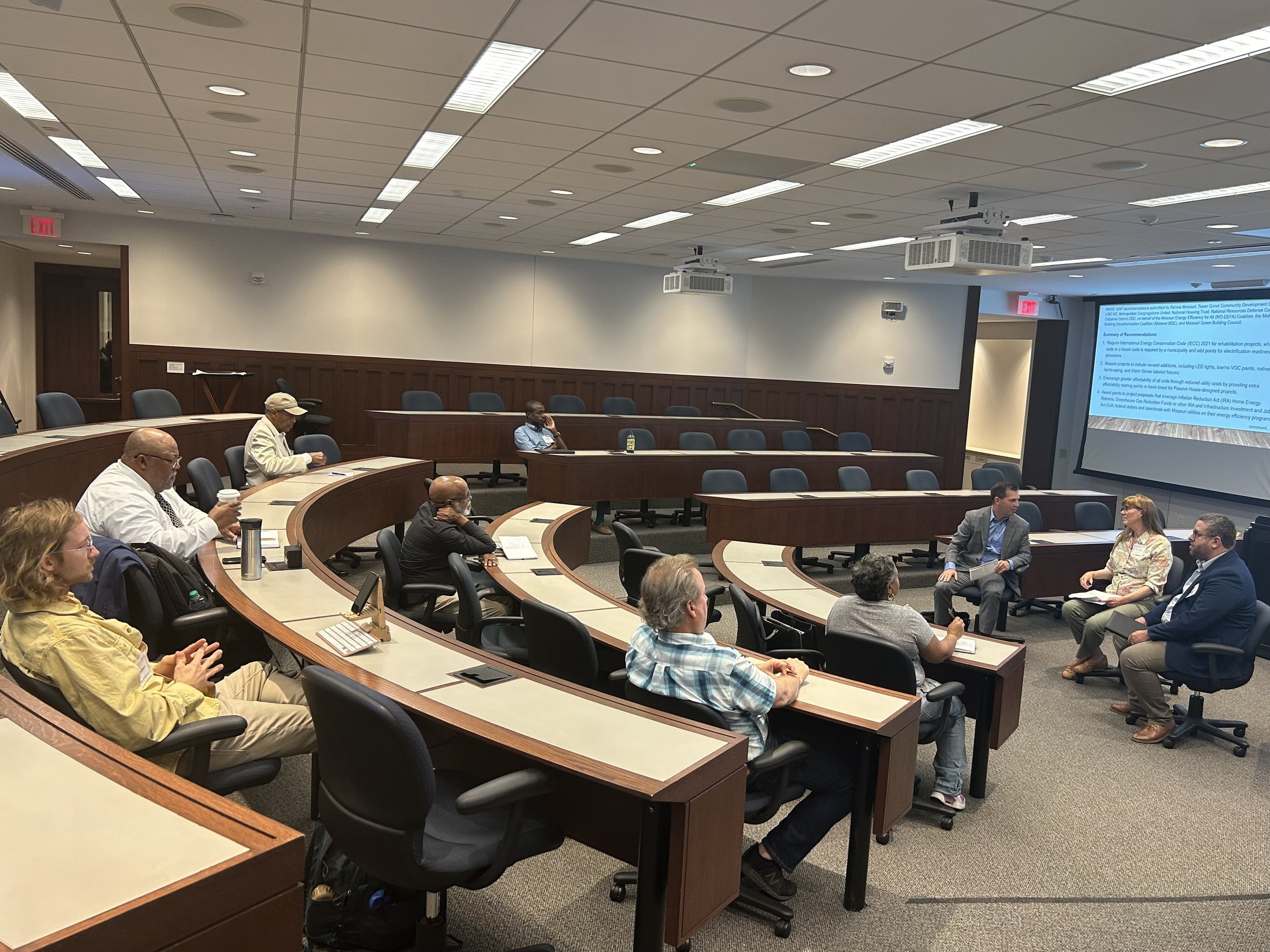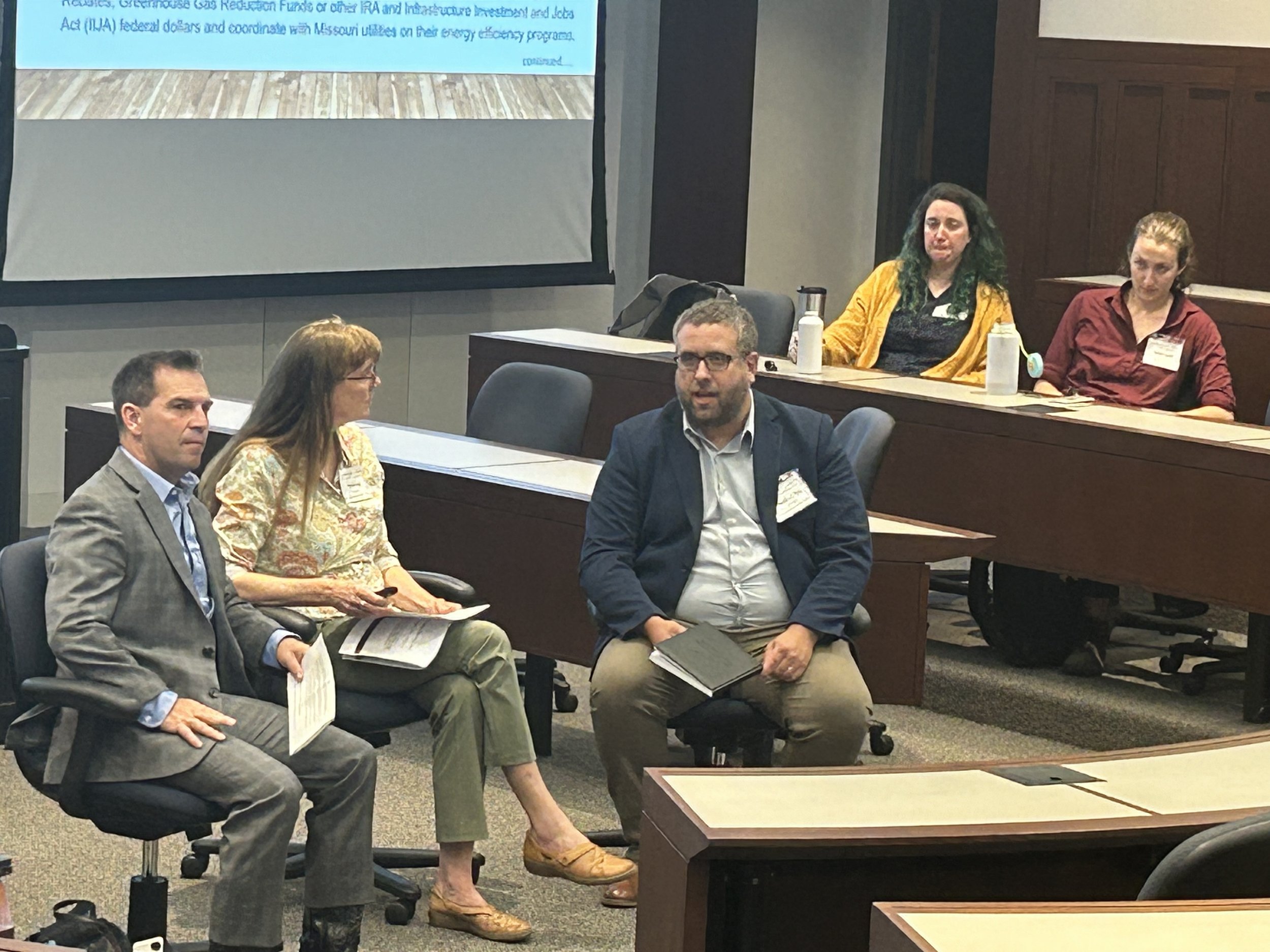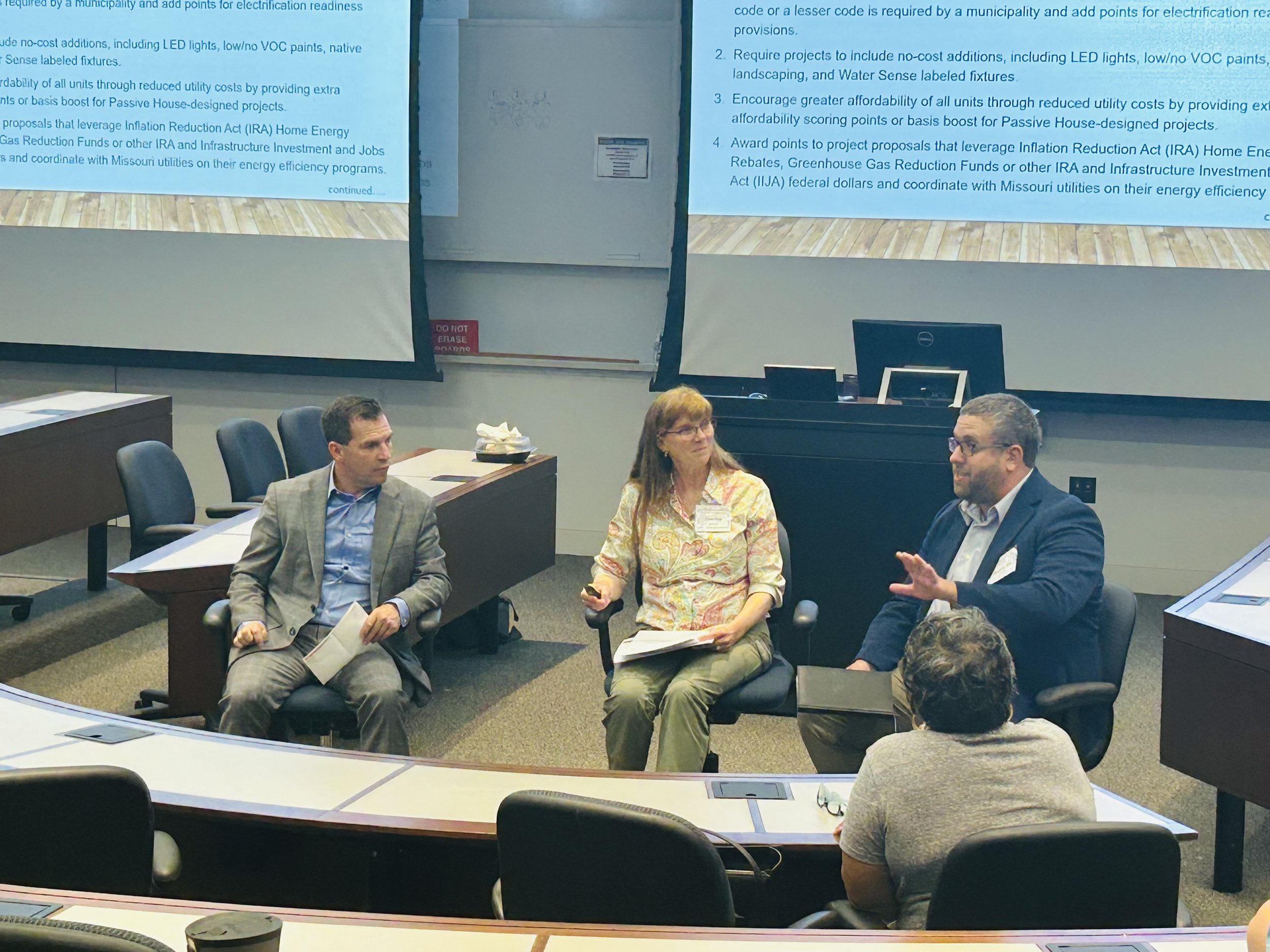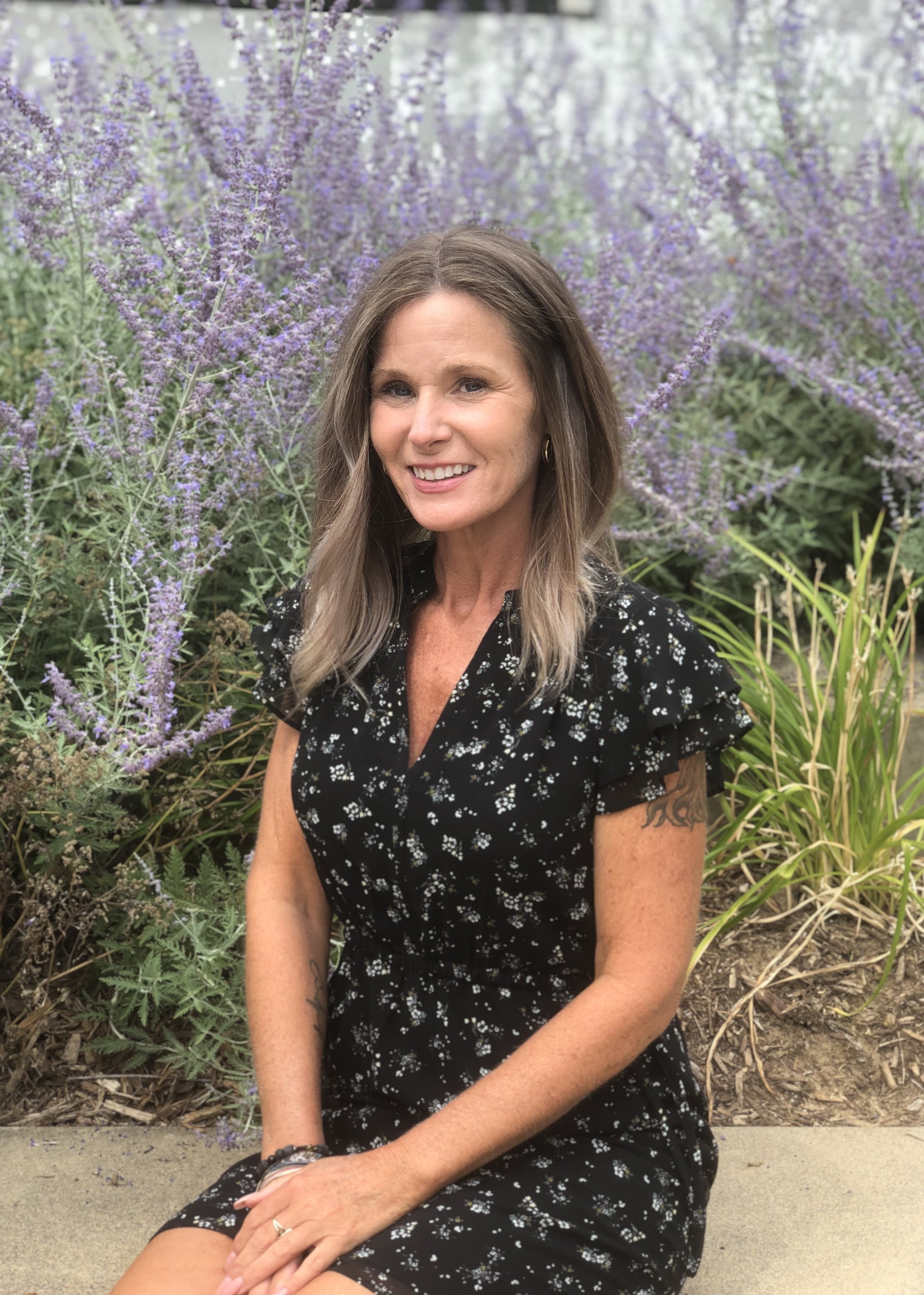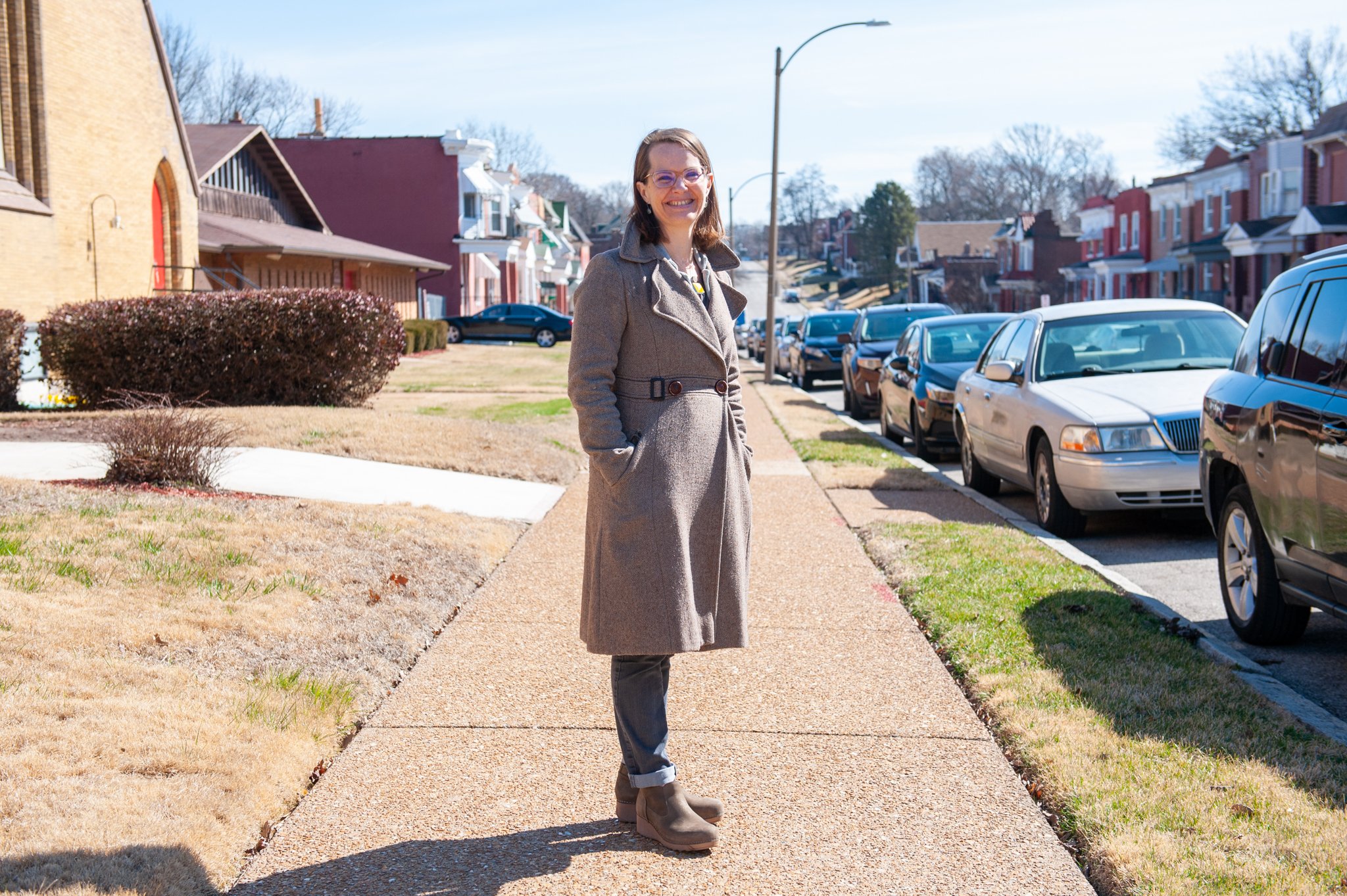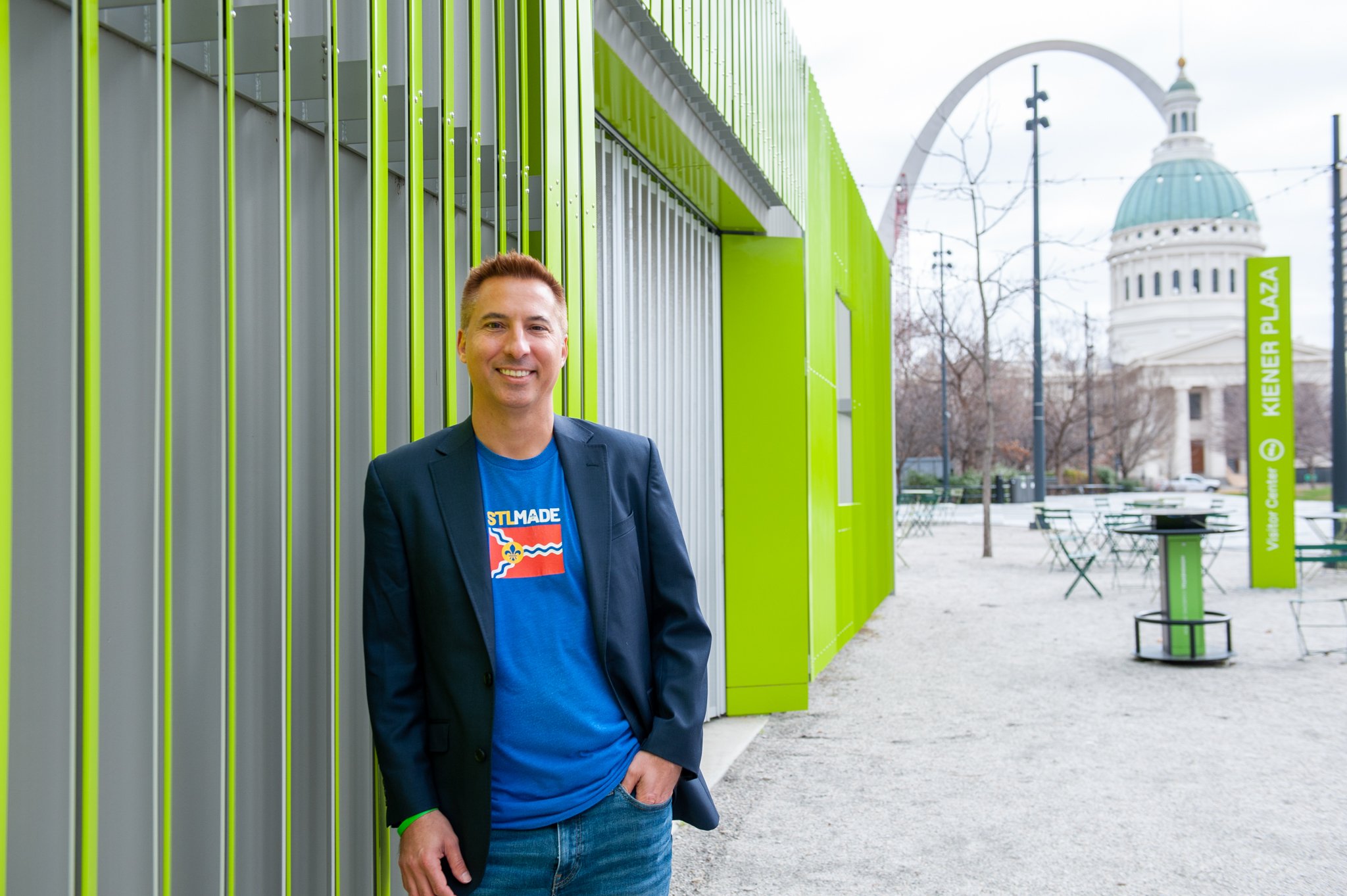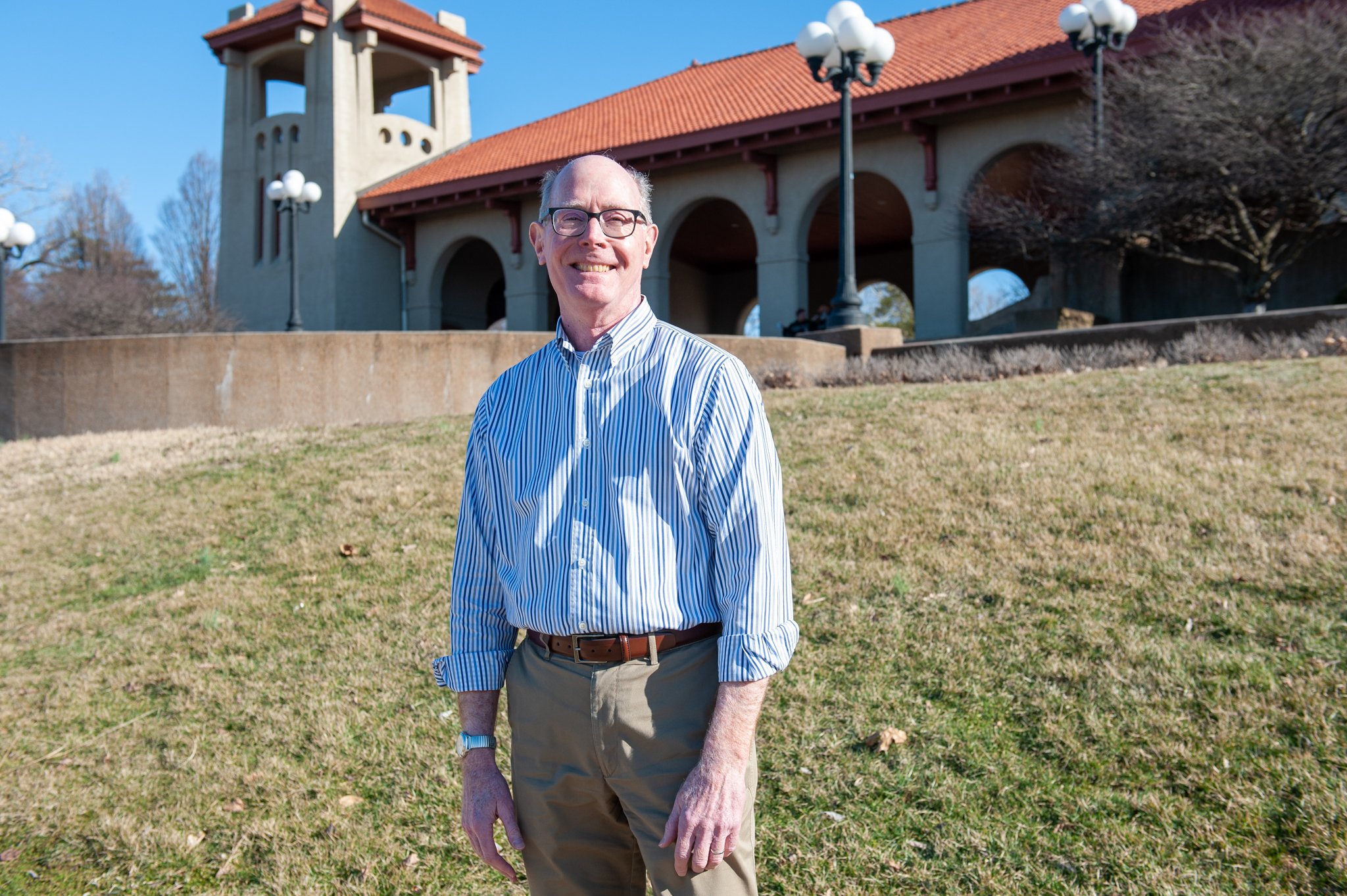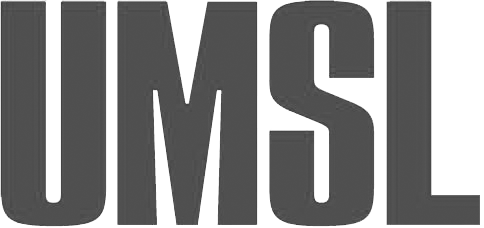Congratulations to Father Gerry Kleba, founder of St. Louis Association of Community Organizations (SLACO) and retired priest of St. Cronan Catholic Church, recipient of our 2025 Lifetime Dedication to Community Building Award!
The Lifetime Dedication to Community Building Award recognizes a person who:
Has demonstrated a long-standing commitment to community building work.
Has exhibited leadership, vision, and a commitment to action and results.
Has catalyzed outstanding impact in community building policy, investment, and/or community change.
Has worked to challenge the status quo in the St. Louis region.
Born and raised in St. Louis, Father Gerry Kleba still holds the front door key his father gave him in fifth grade to the family home they’ve owned for over 85 years. It’s a symbol of his enduring connection to his roots and his deep commitment to the community. His passion for social justice and community development was sparked early on, inspired by witnessing his father’s service at St. Francis de Sales. While he recognizes the importance of physical spaces, he believes true community development goes far beyond bricks and mortar.
Fr. Kleba appreciates the name of this celebration—the “Family Reunion”—because, to him, community is about people. As he says, “It’s not just bricks and houses with glass windows.” He draws inspiration from the energy of younger CBN members who are actively pursuing change in today’s challenging climate. Acknowledging that these days, its easy to be hopeless or depressed — especially with current attempts from the government to erase history—he calls on us, “You have to keep going.”
He emphasizes the power of unity, reminding us that the real enemy is neglect and disinvestment, not the communities themselves.
A steadfast advocate for affordable housing, he believes Catholic schools, rectories, and convents can—and already have—been transformed into quality housing.
Forty-six years ago, Father Kleba founded the St. Louis Association of Community Organizations (SLACO) in a modest space at Taylor and Martin Luther King Drive. He led a “Weed Parade” to City Hall of seventeen residents from four neighborhoods who were burdened by neglected LRA properties on their blocks. They advocated for community-driven solutions like gardens and infrastructure renewal. When other institutions hesitated, Father Kleba led by example—helping secure government funding to build 15 homes at Newstead and Fairfax in an effort to not only provide housing, but to also restore dignity to the community, believing, "We should build people." Years later, when local institutions finally began funding scholarships, a leader publicly acknowledged Fr. Kleba, saying he had been the “Prophet of the school for decades,” while admitting they were only now beginning to listen.
His storytelling and advocacy continue today through film and education. He recently completed his second documentary, A Black History Tour of St. Louis, created in partnership with producer and director Tony West and currently being submitted to major film festivals. Father Kleba will also give his 17th bus tour next month, and estimates that the 400 people he’s guided over the years have passed that knowledge on to more than 2,000 others. Following the unrest in Ferguson, he gave a personal tour to the newly appointed Archbishop to St. Louis, sharing his perspective on both the challenges and hopes within St. Louis.
One of Father Kleba’s proudest moments came in 2017 when he received the Key to the City of Midtown for his contributions to the community, particularly his work with a local nonprofit. Recently, one of those children, now grown, reminded him of his own words that day: “The most important thing is to find out if people trust you.” For Fr. Kleba, that trust is everything. It’s a reflection of a life dedicated not to recognition, but to building lasting relationships, promoting equity, and ensuring that history, community, and opportunity are never forgotten.
He does not seek recognition or awards; instead, he hopes his legacy will be his vision of empowering economic and educational opportunities, especially for women and people of color. His life is one of service, compassion, and unwavering commitment to building a better future for the next generation.





